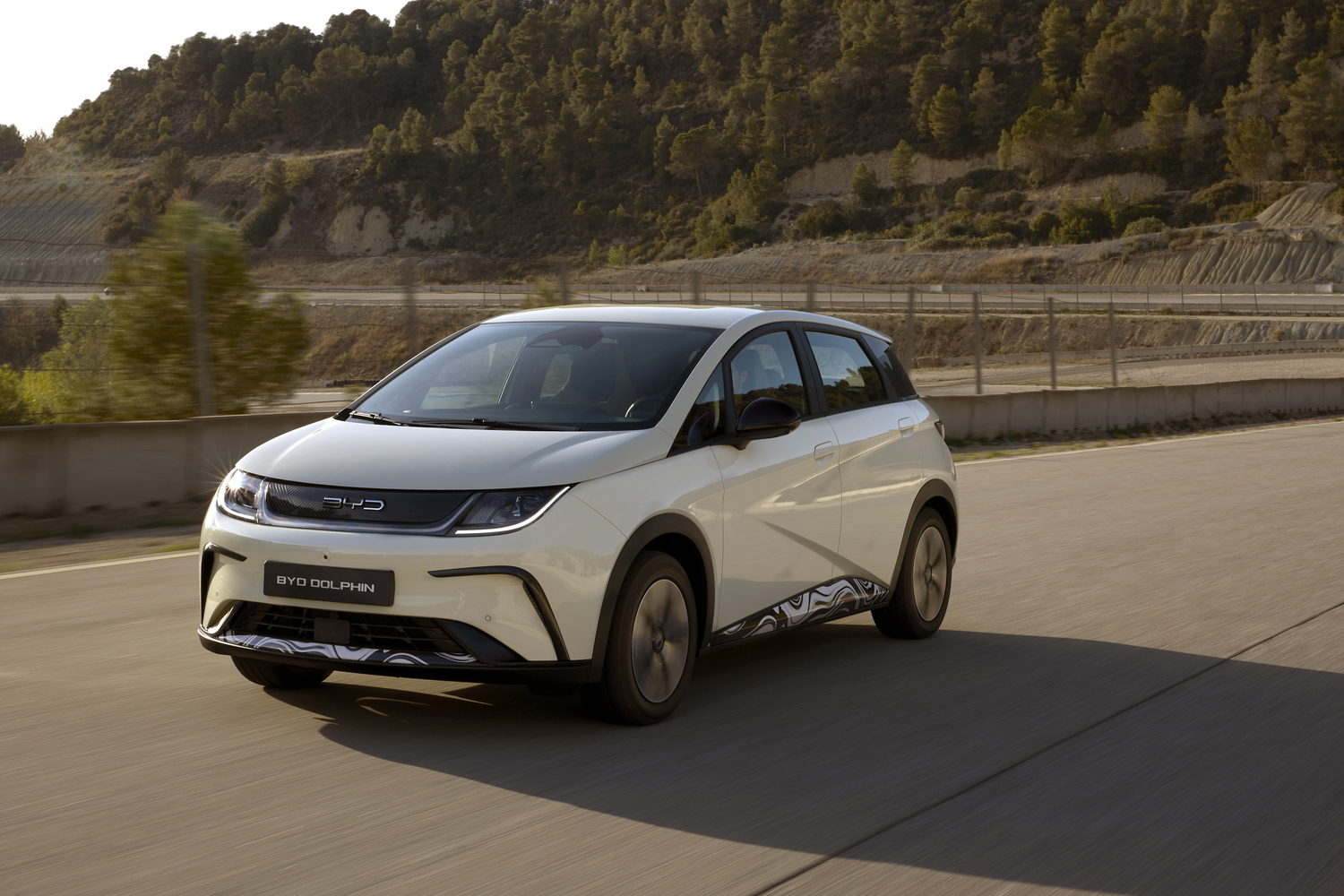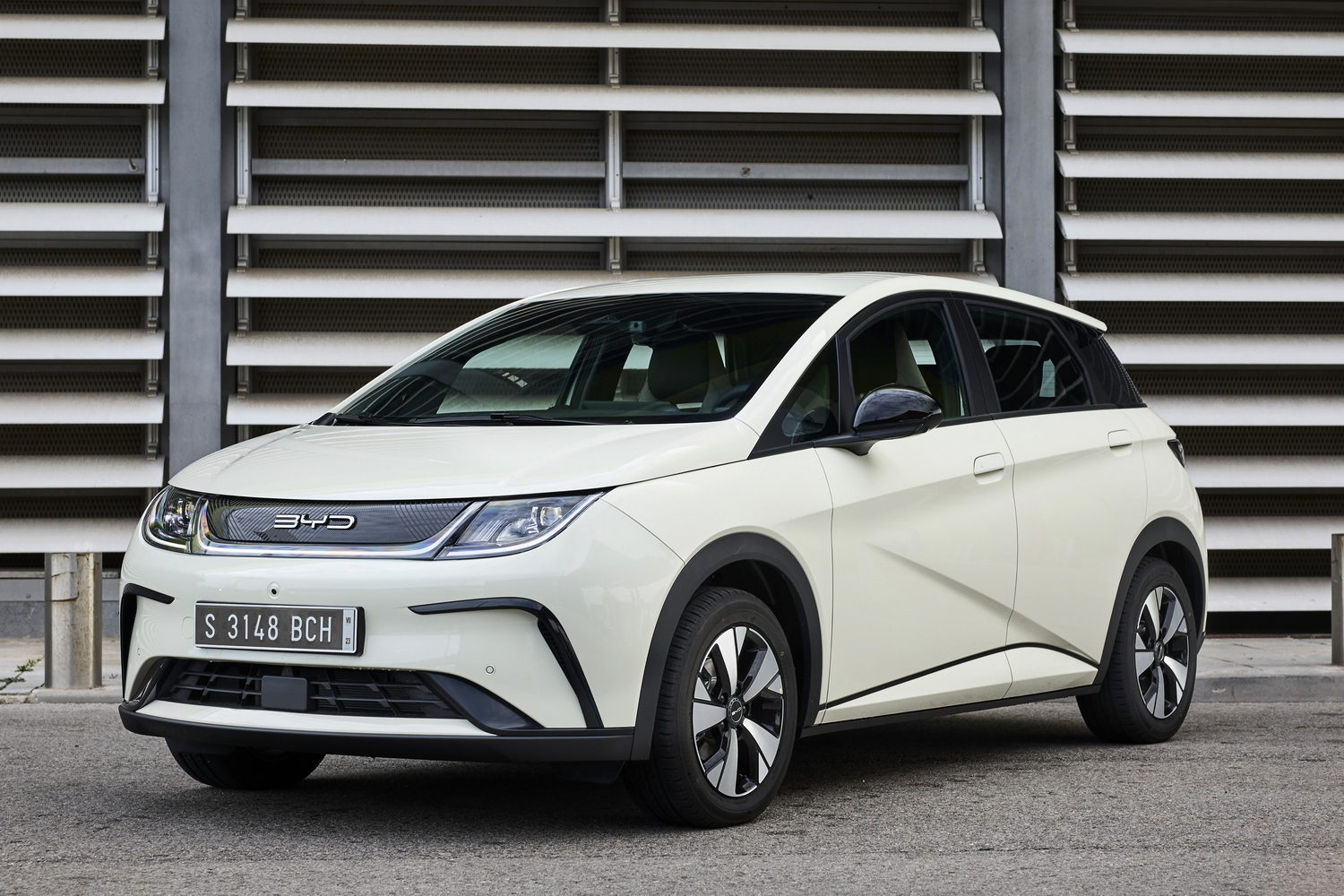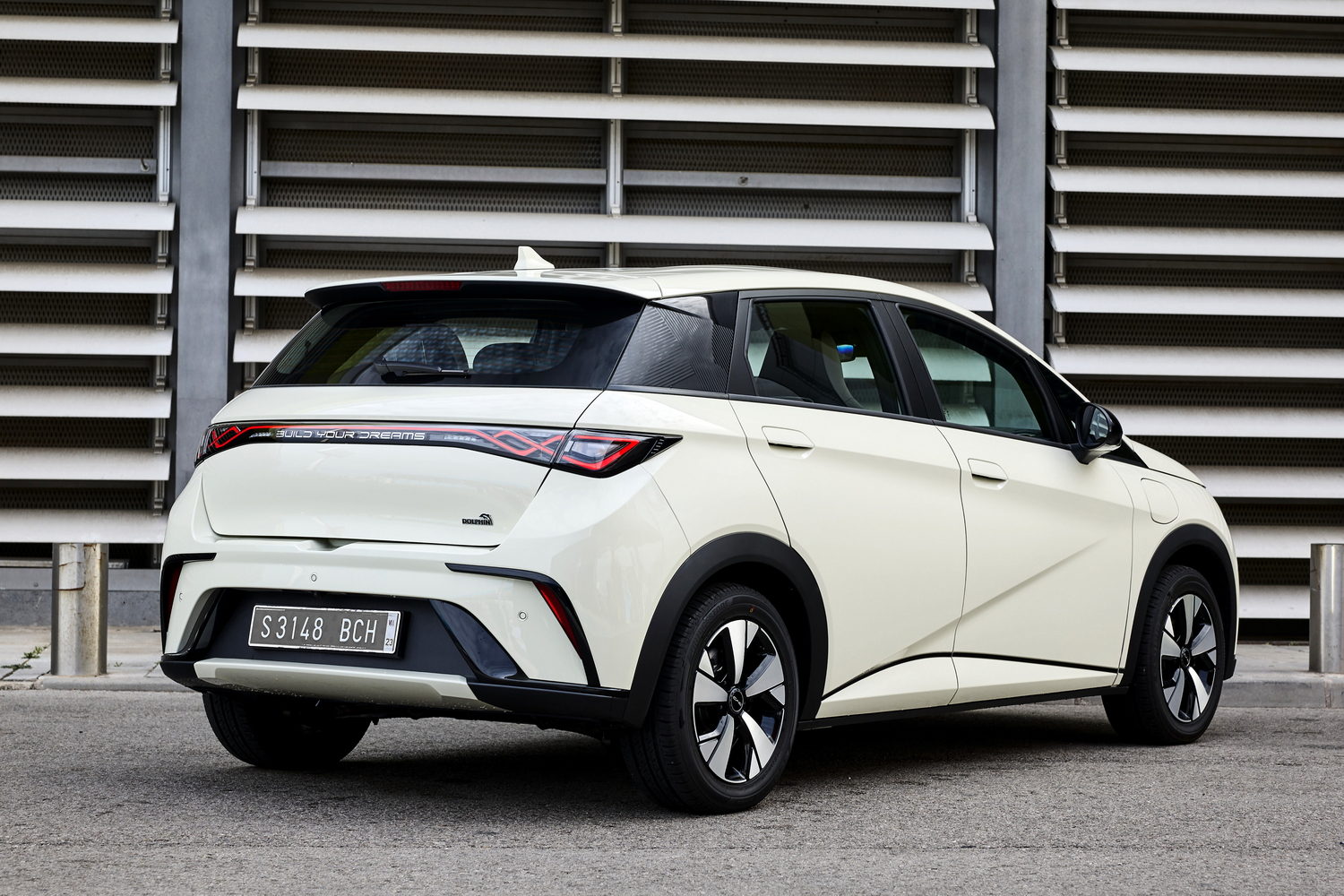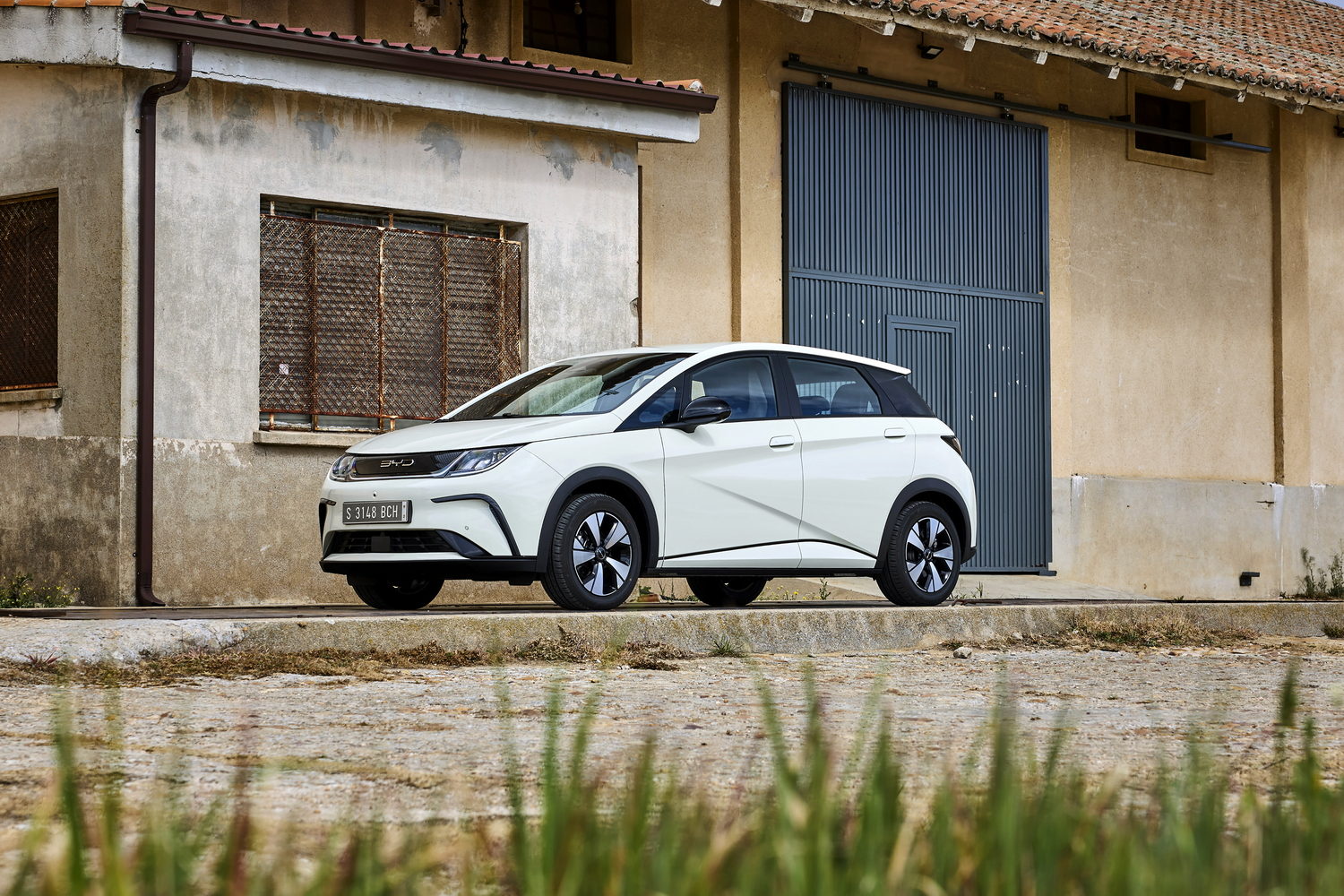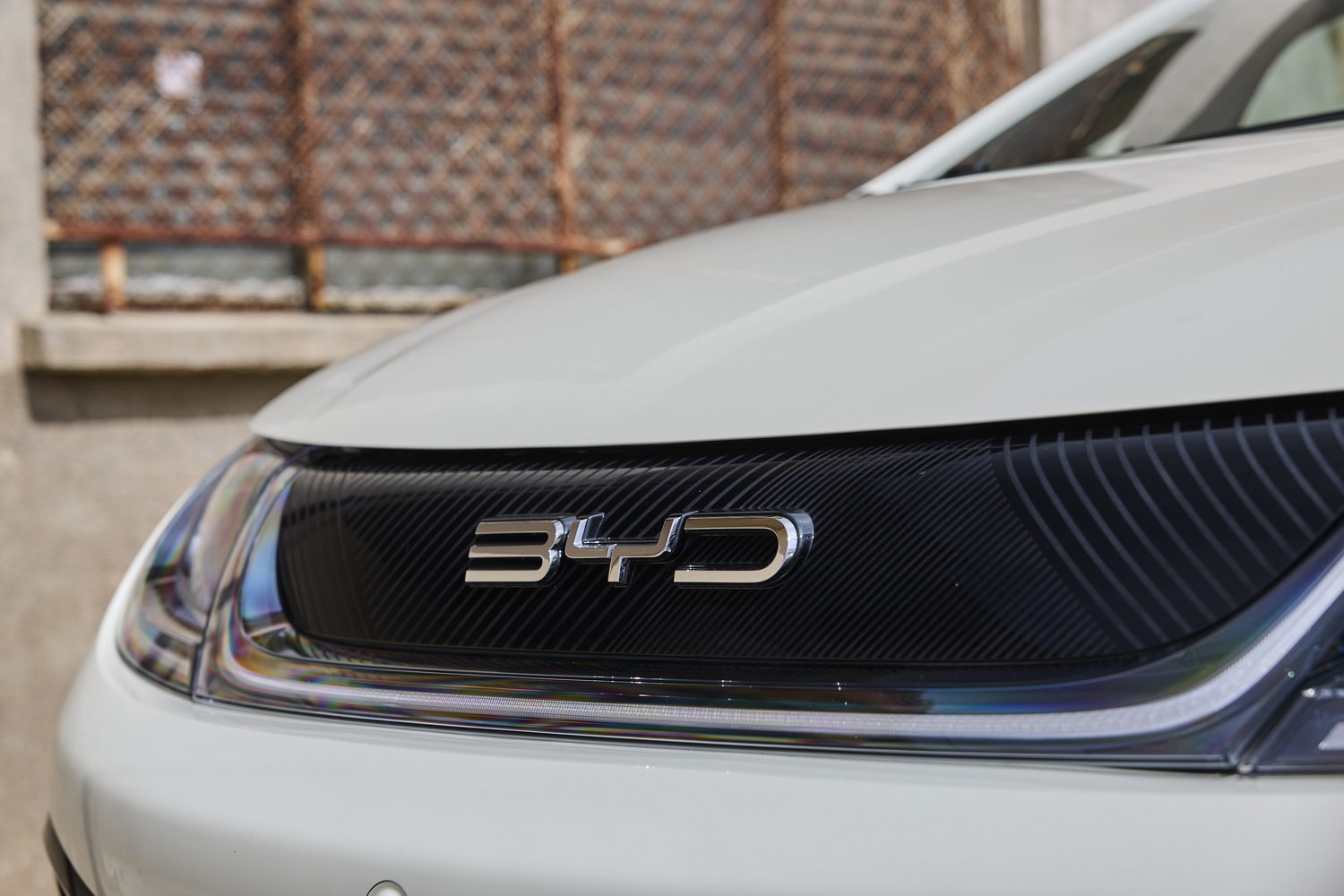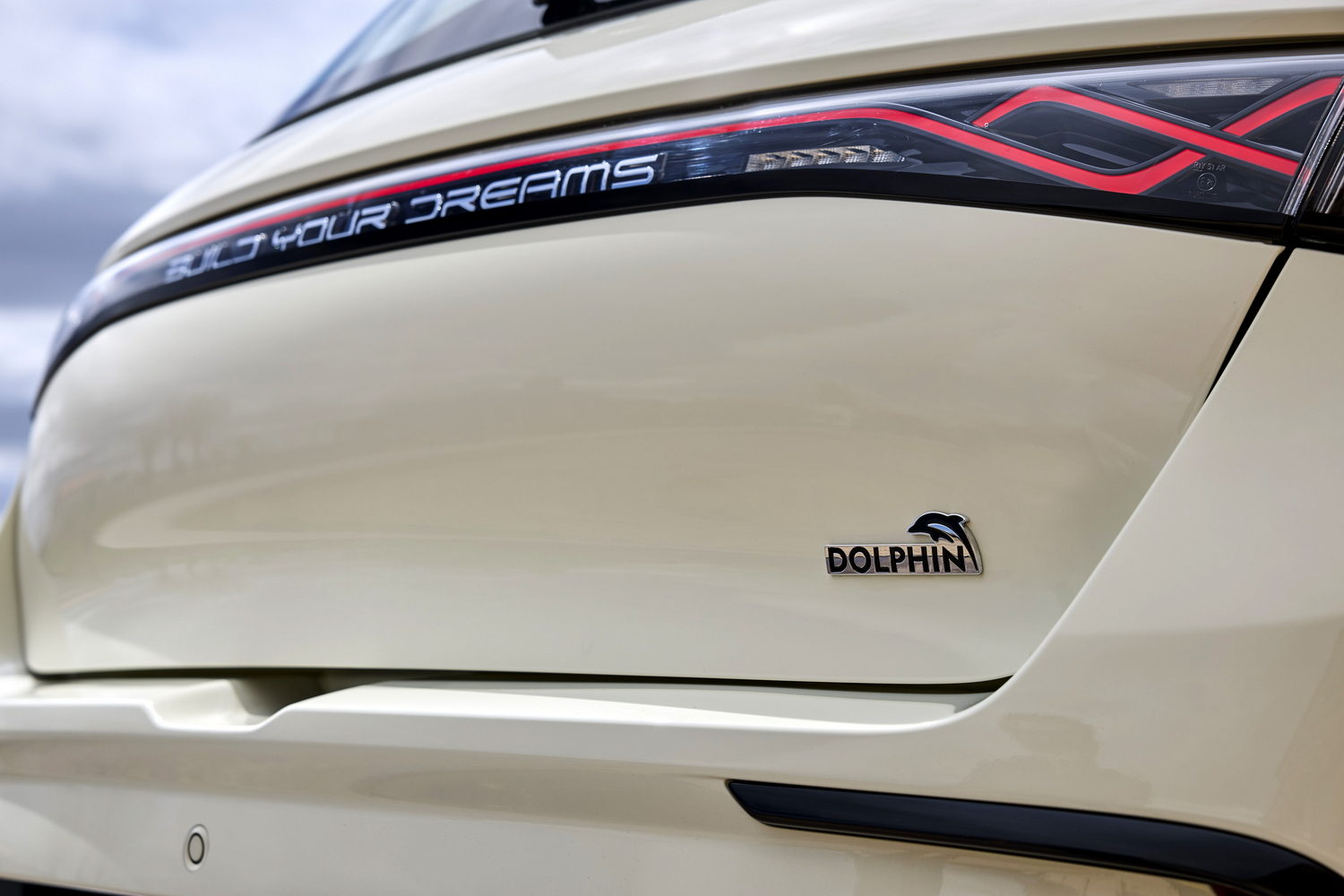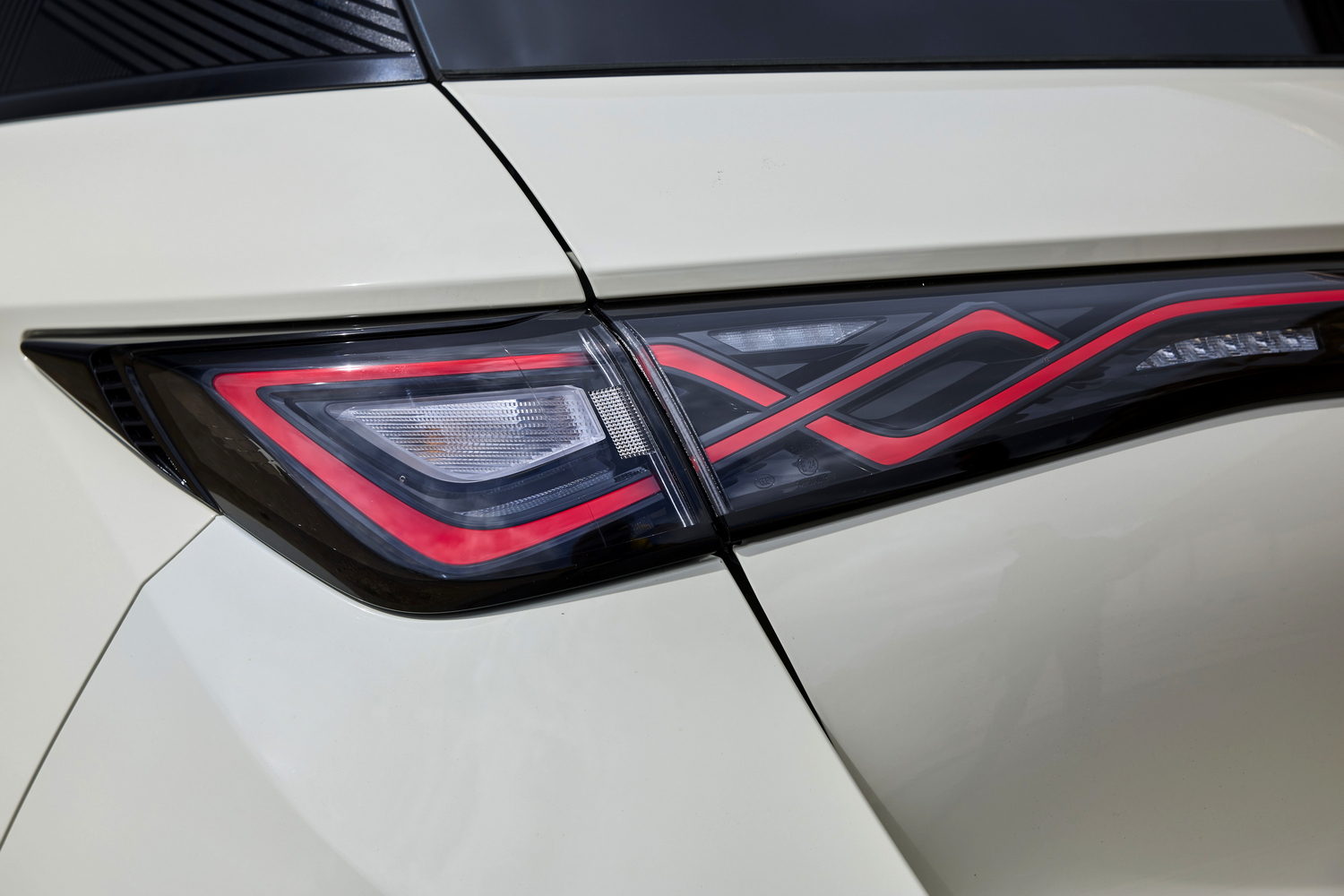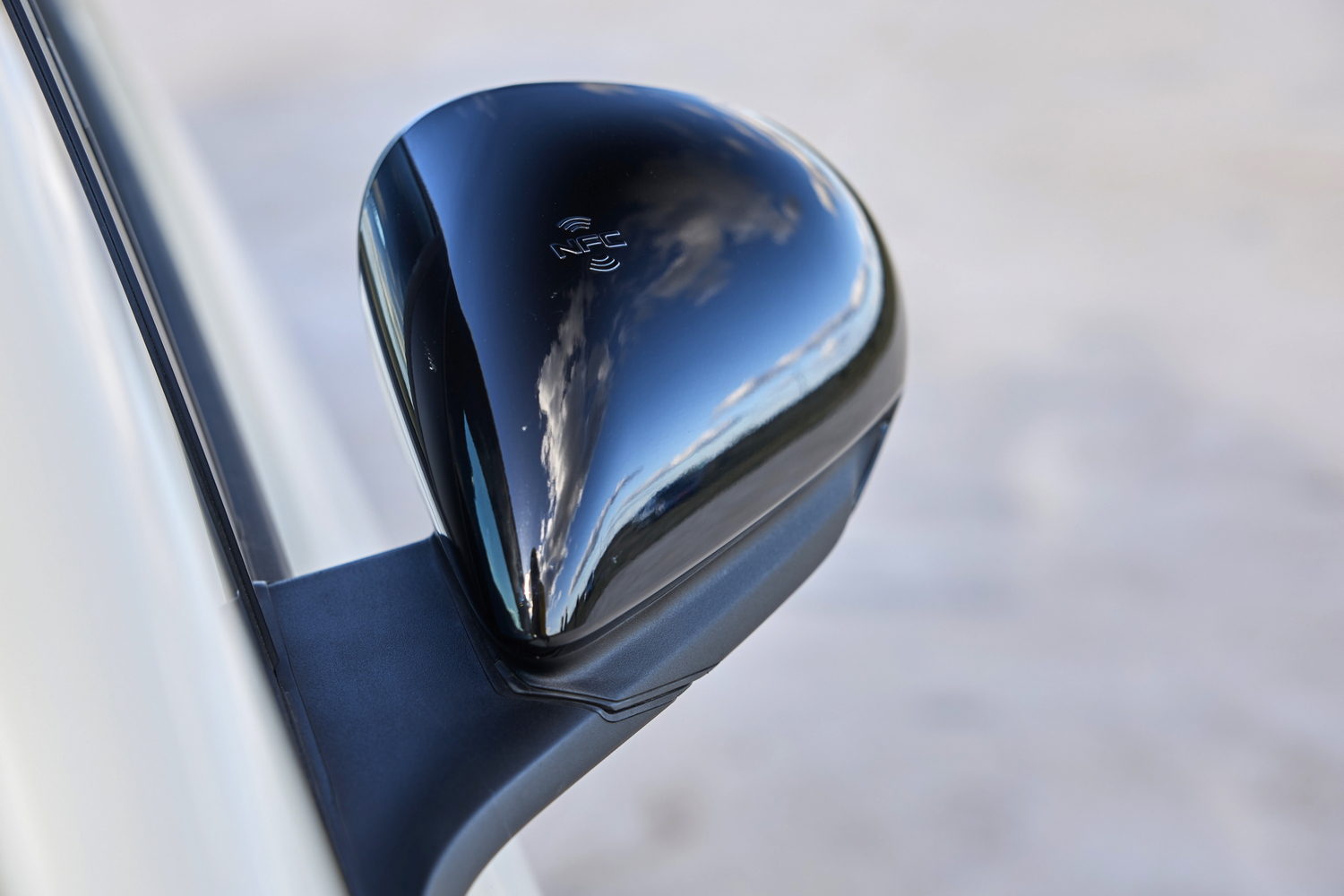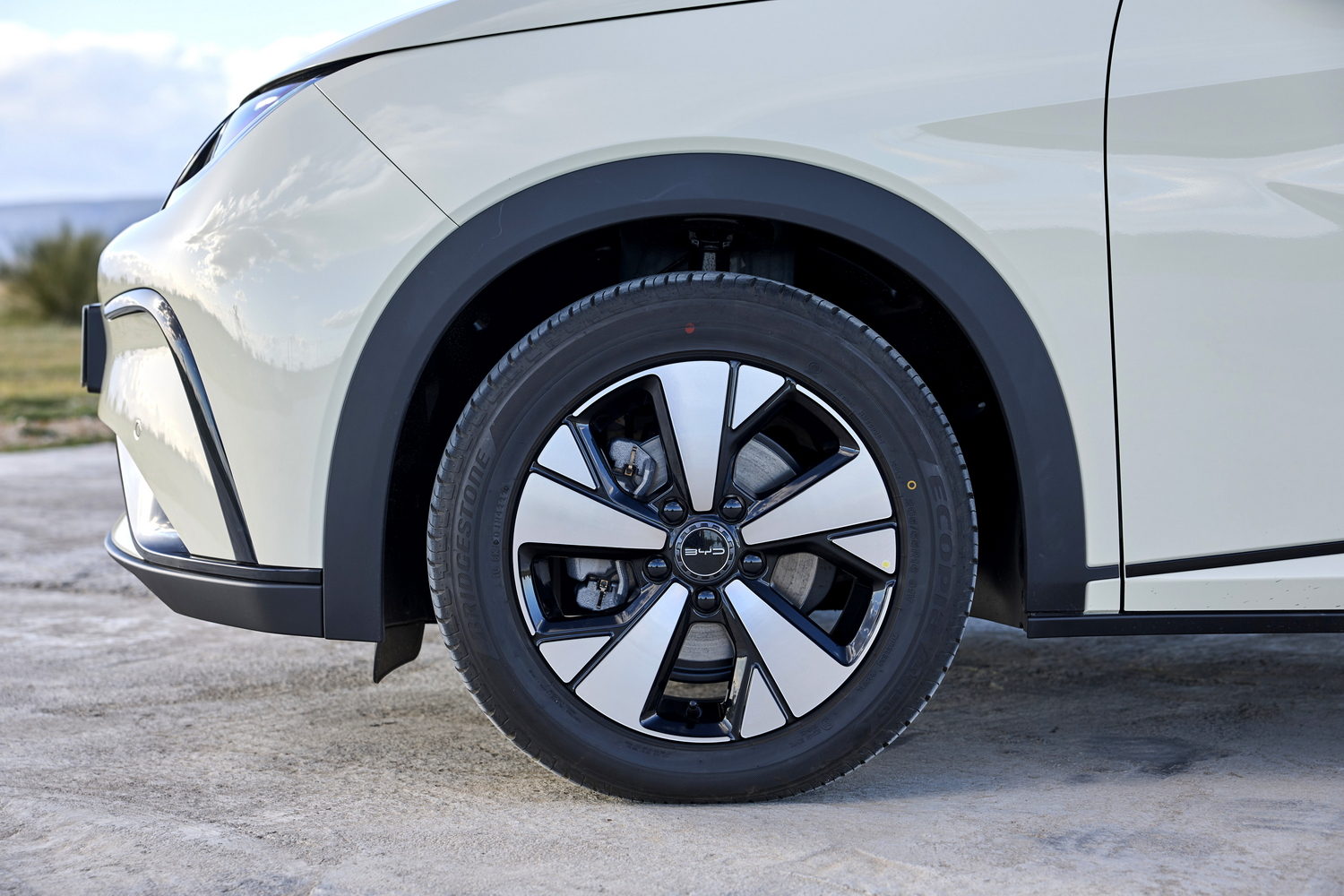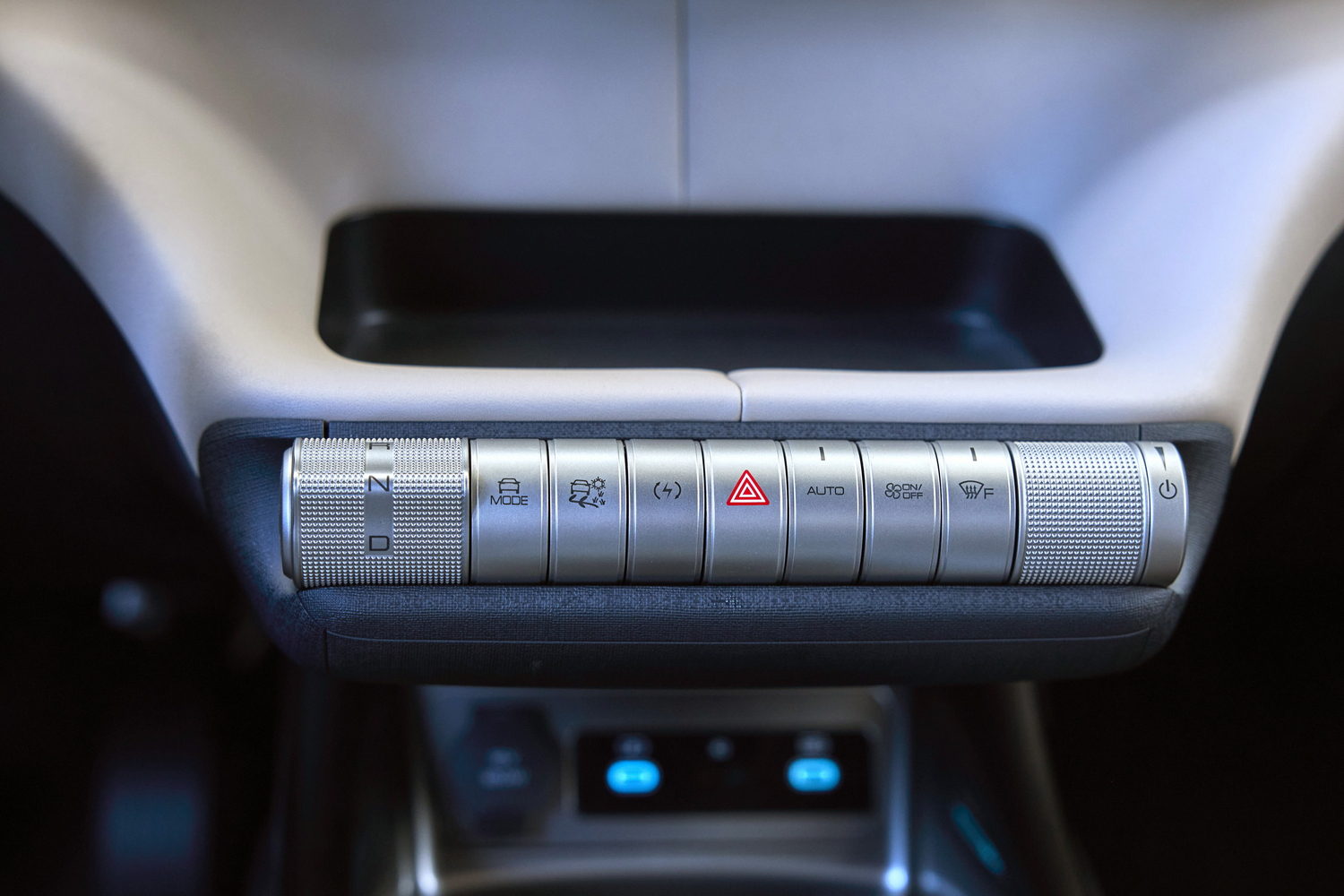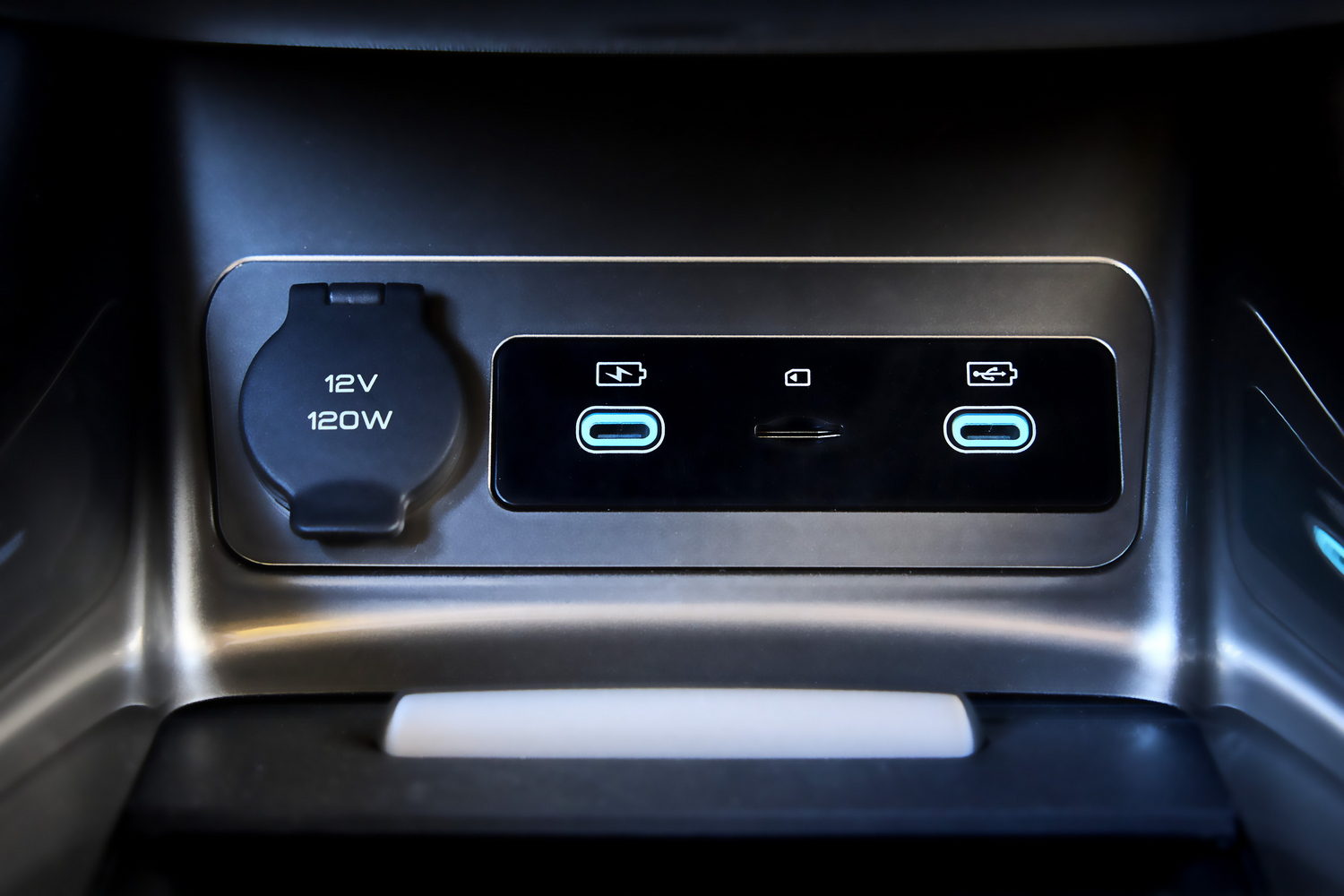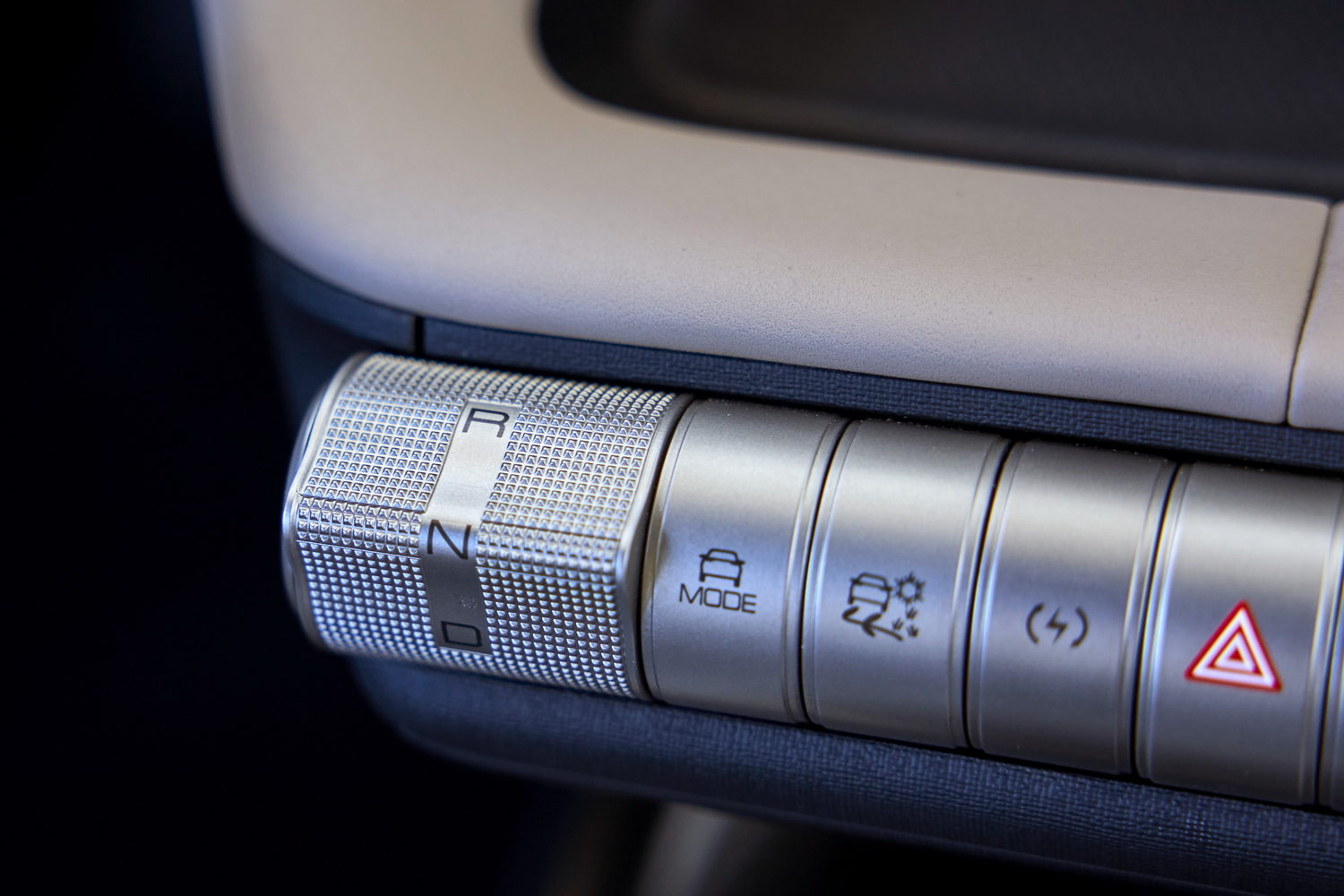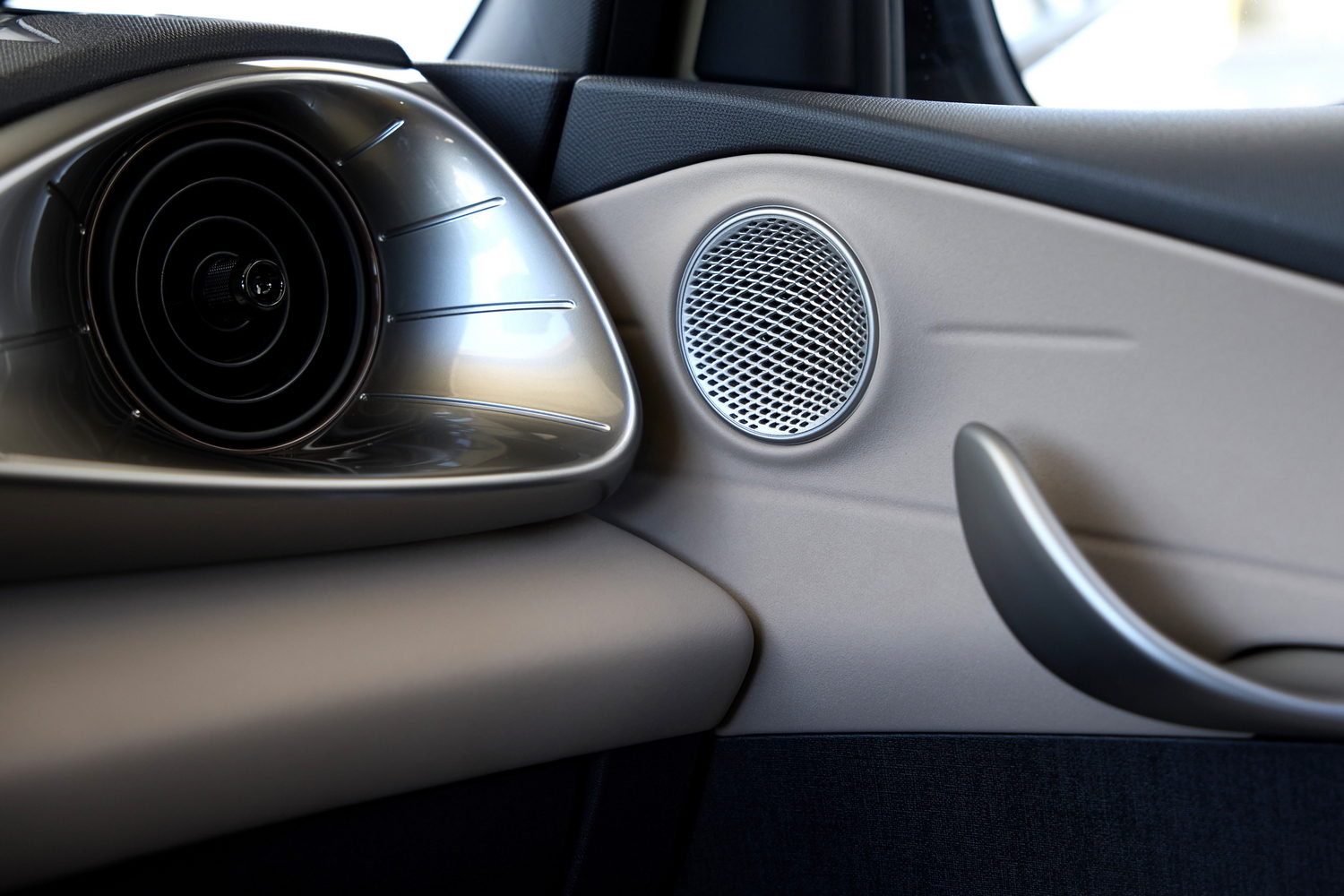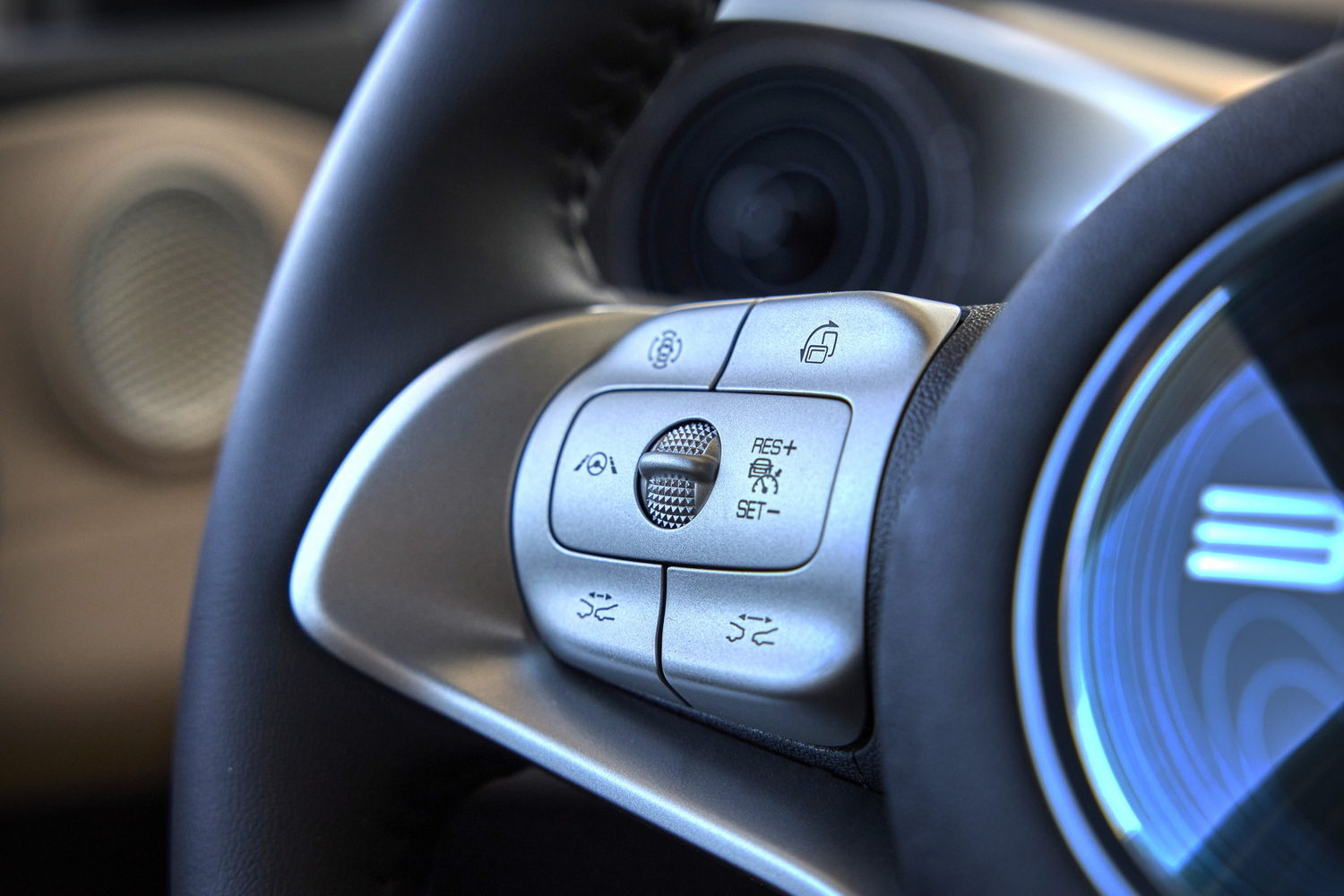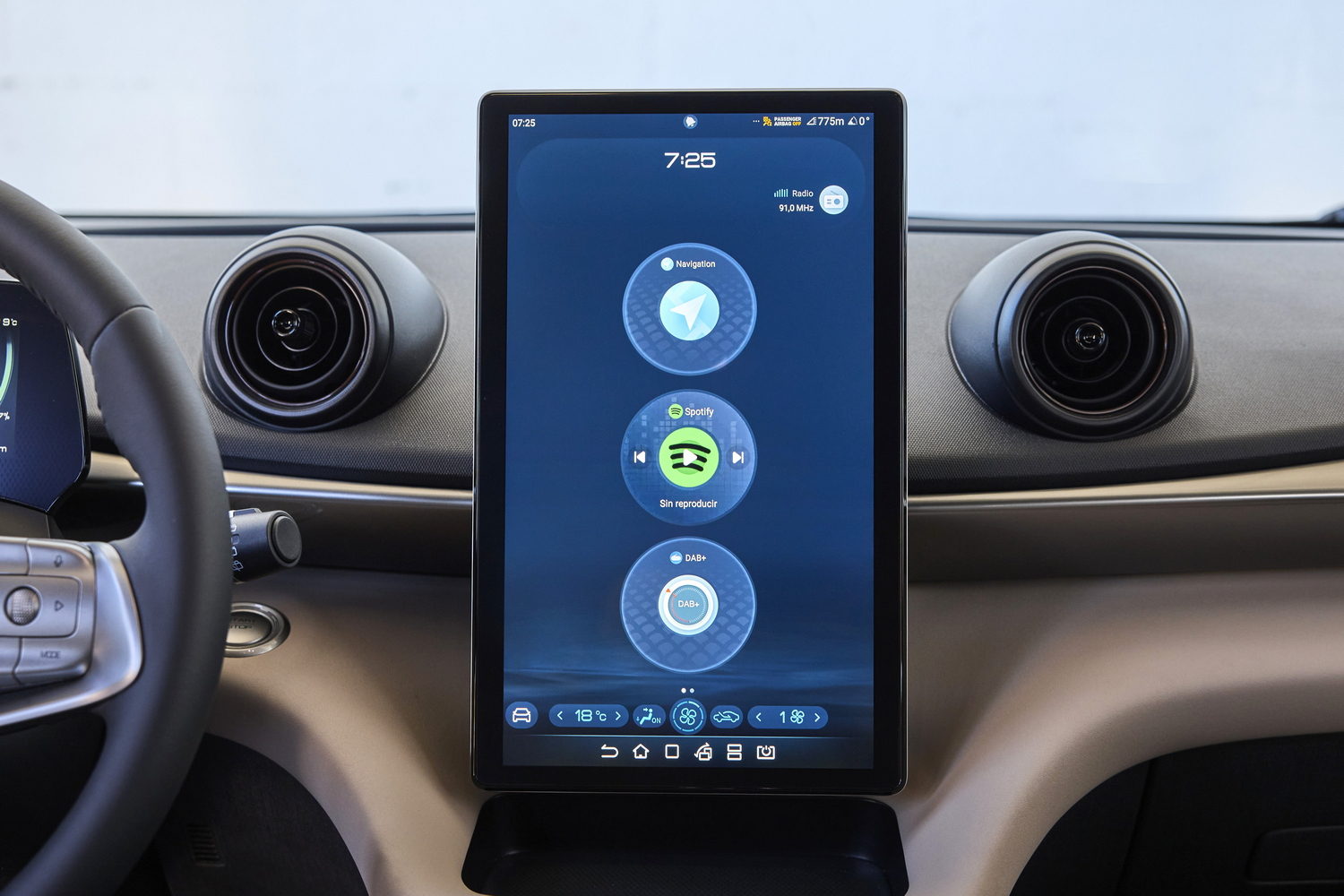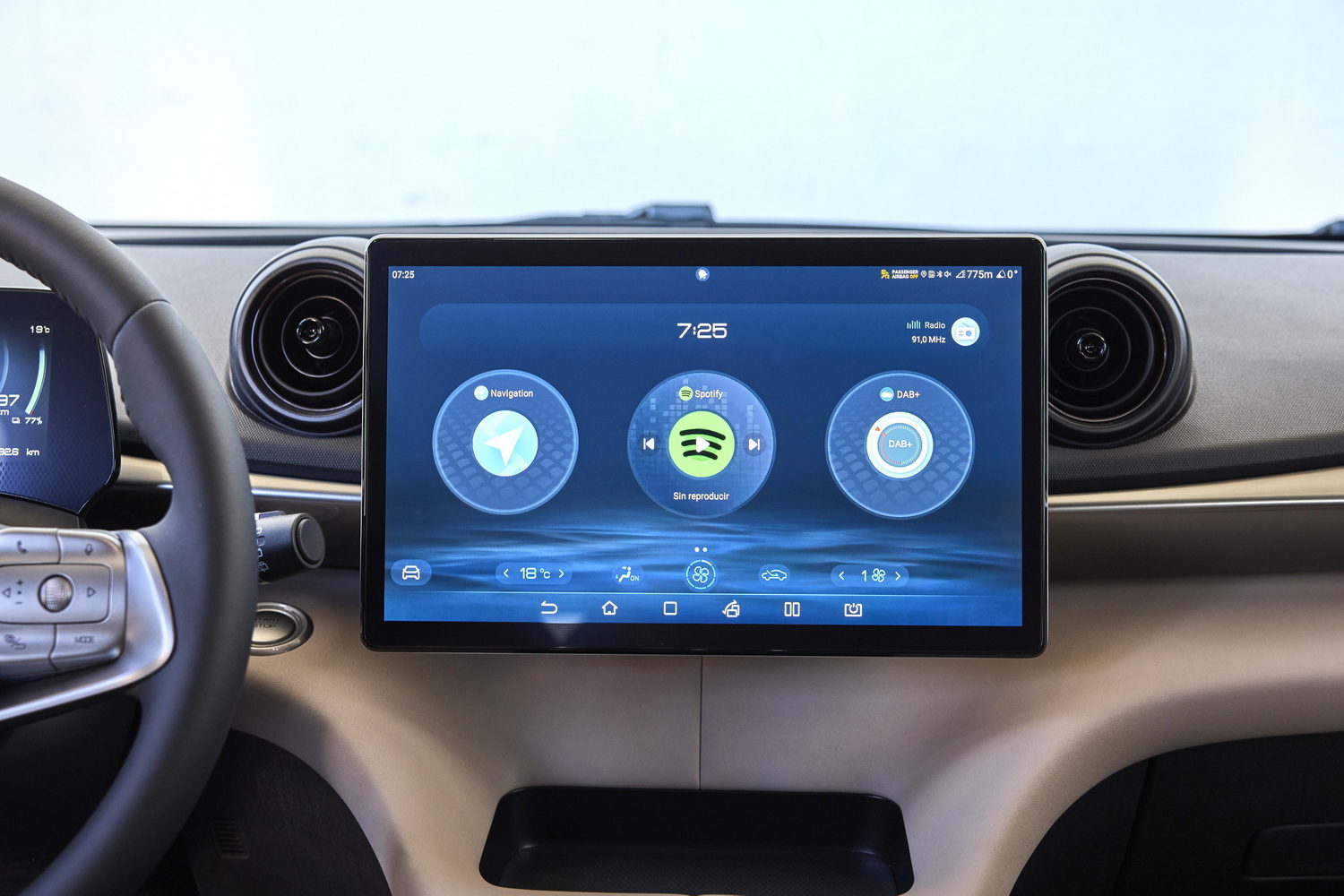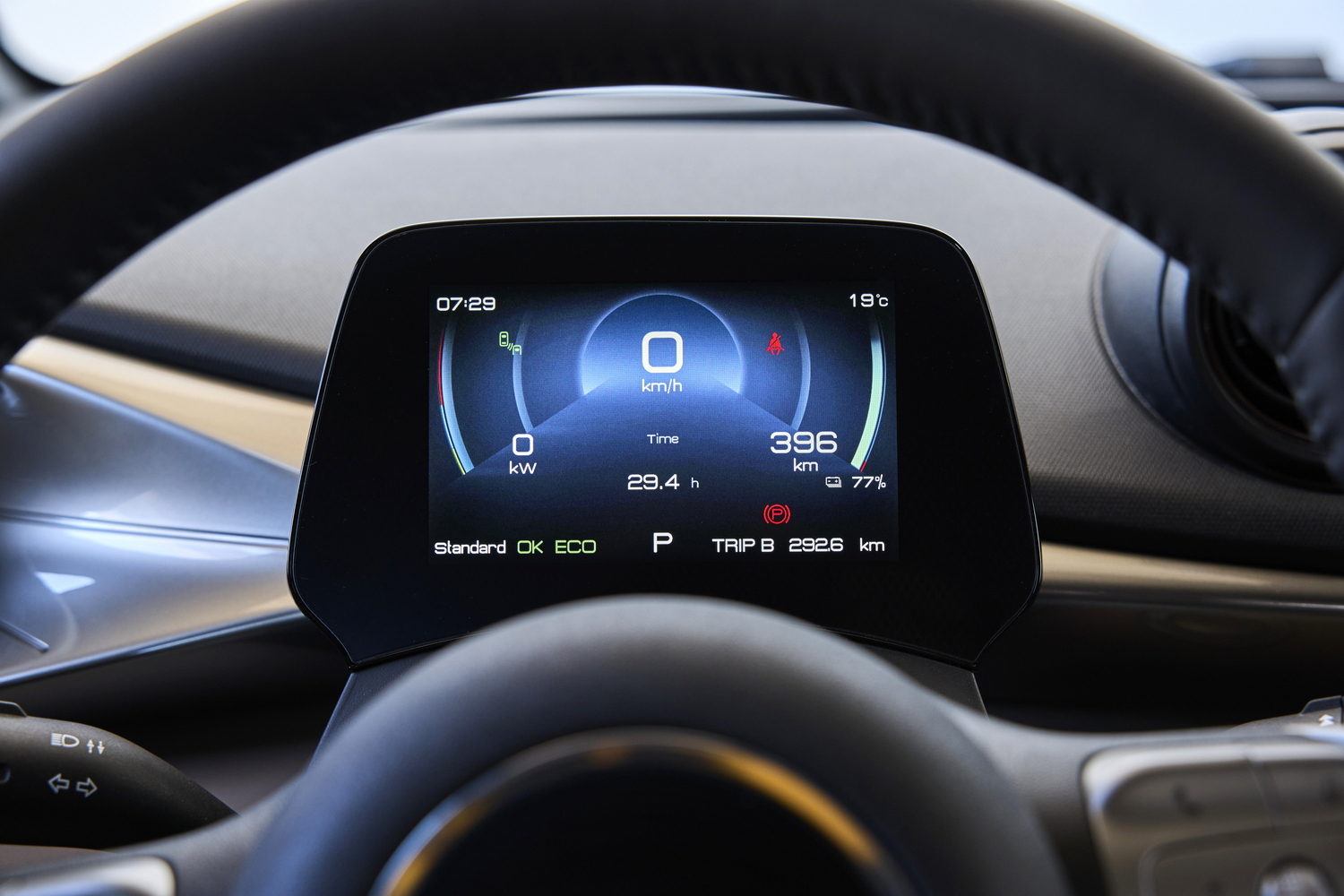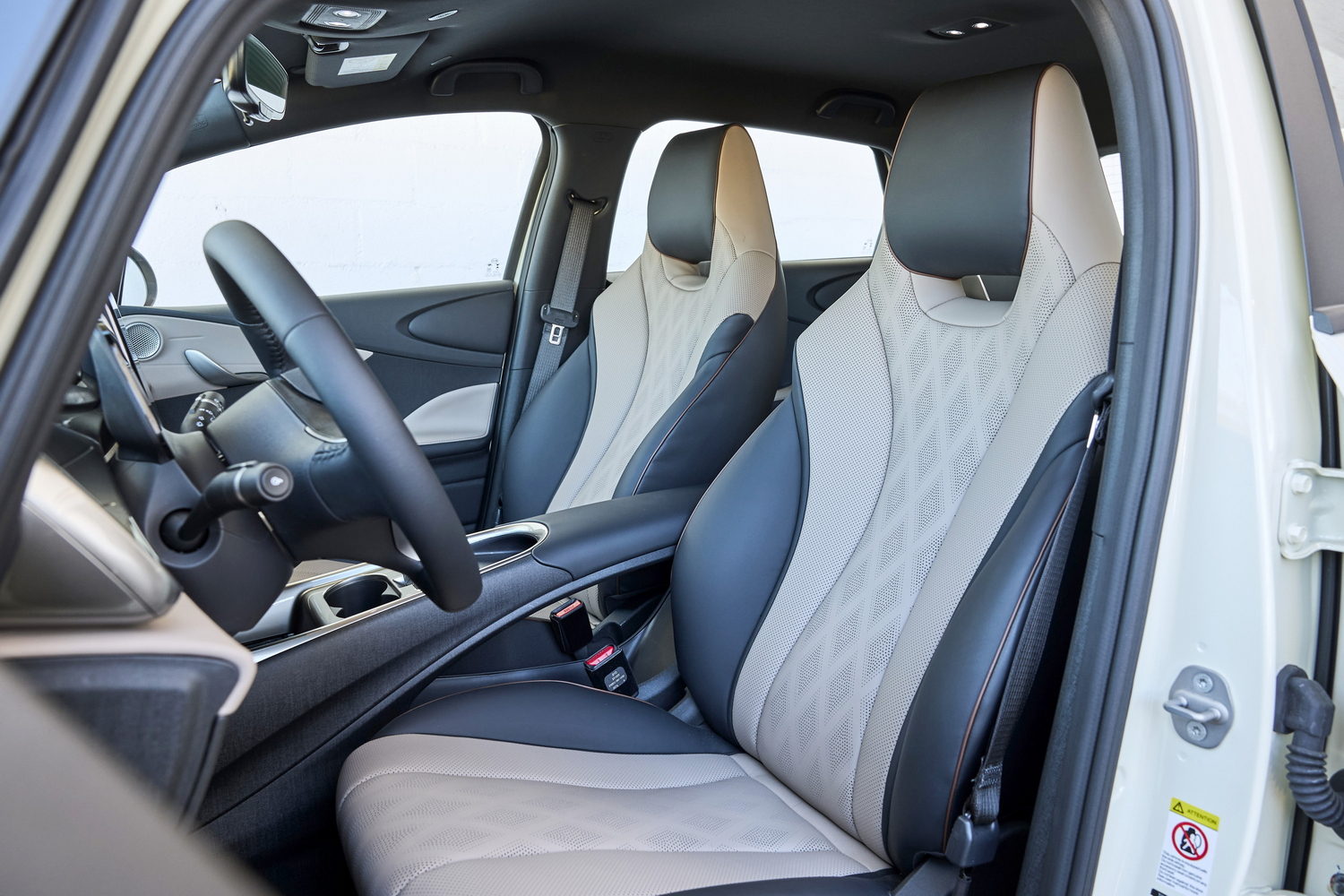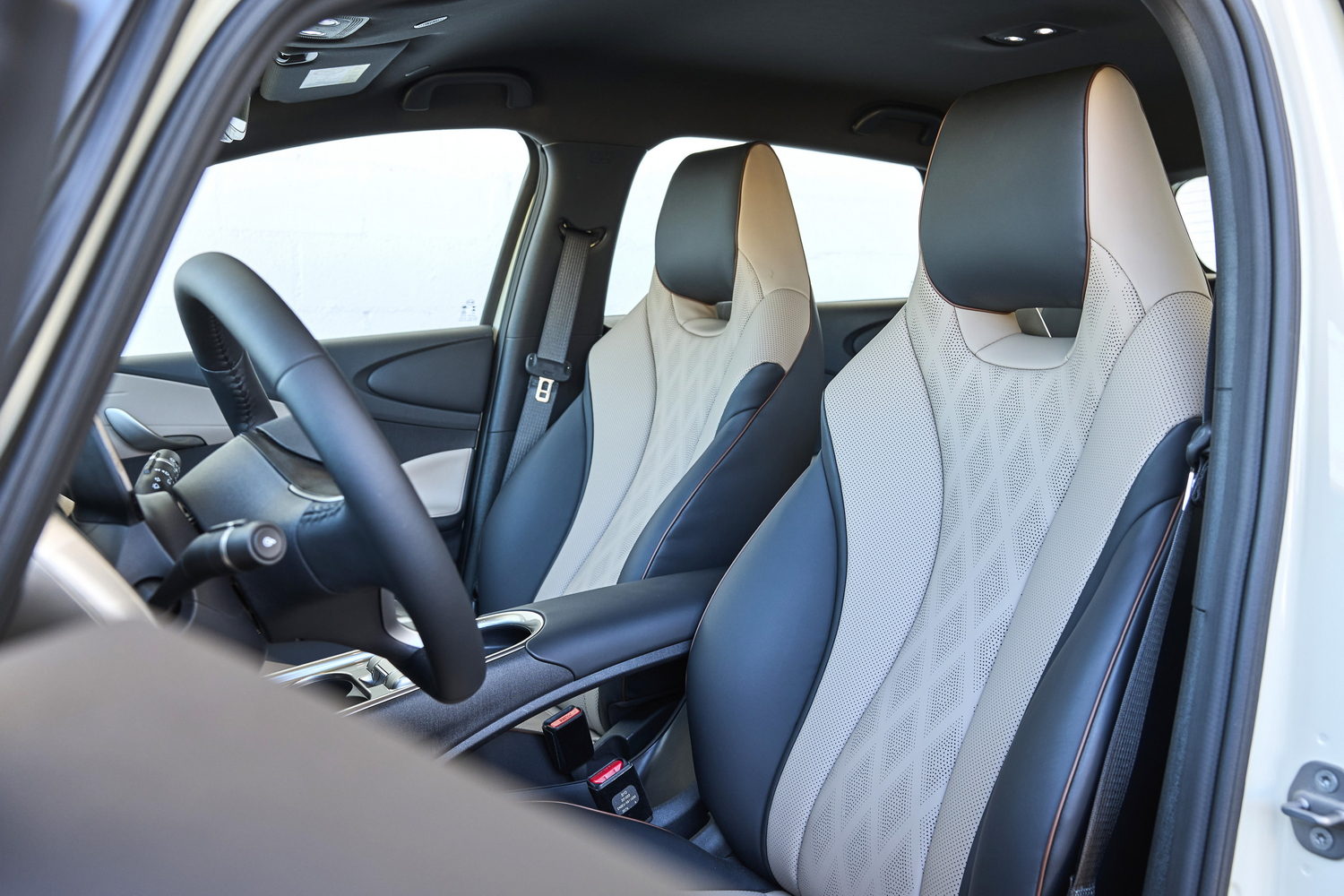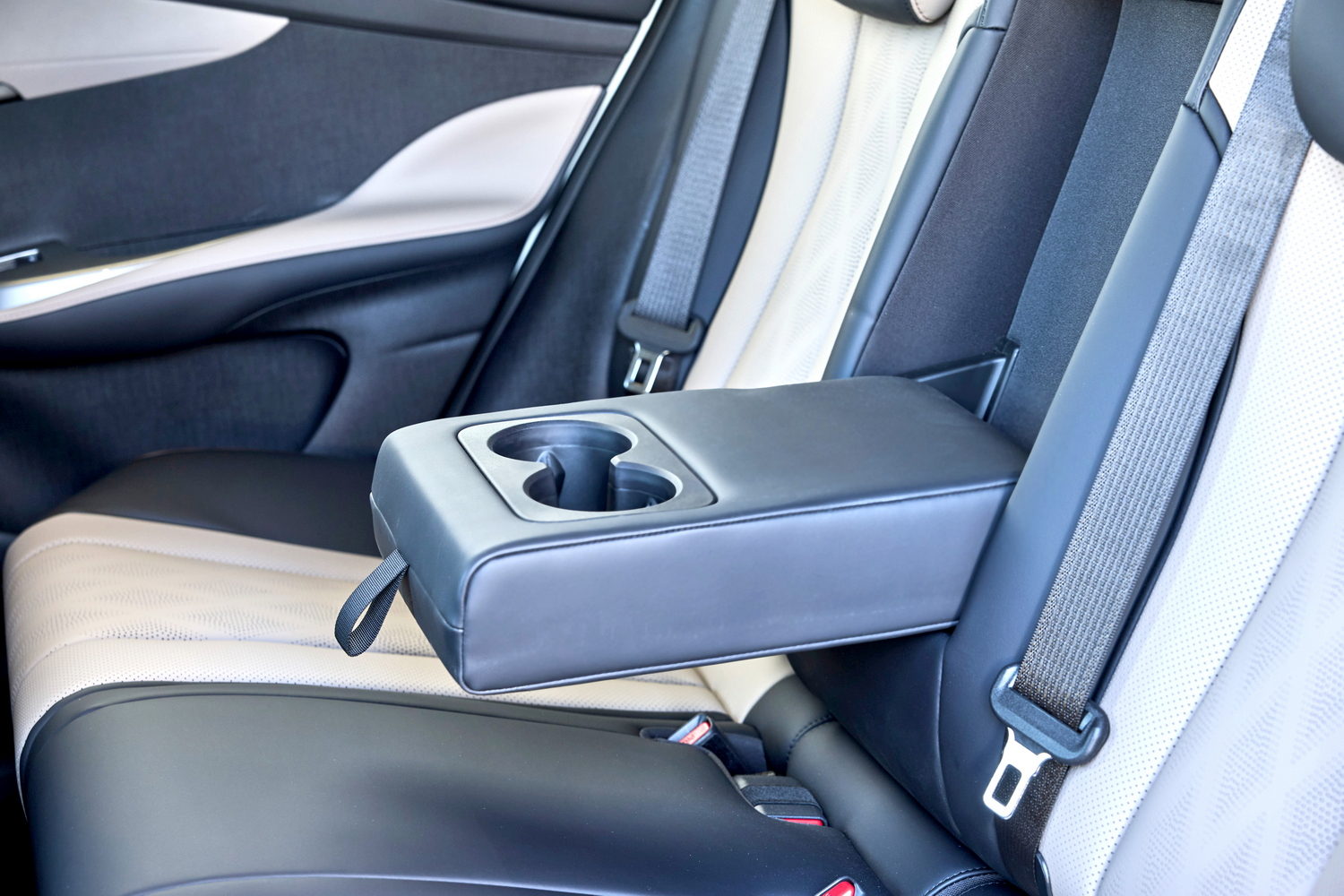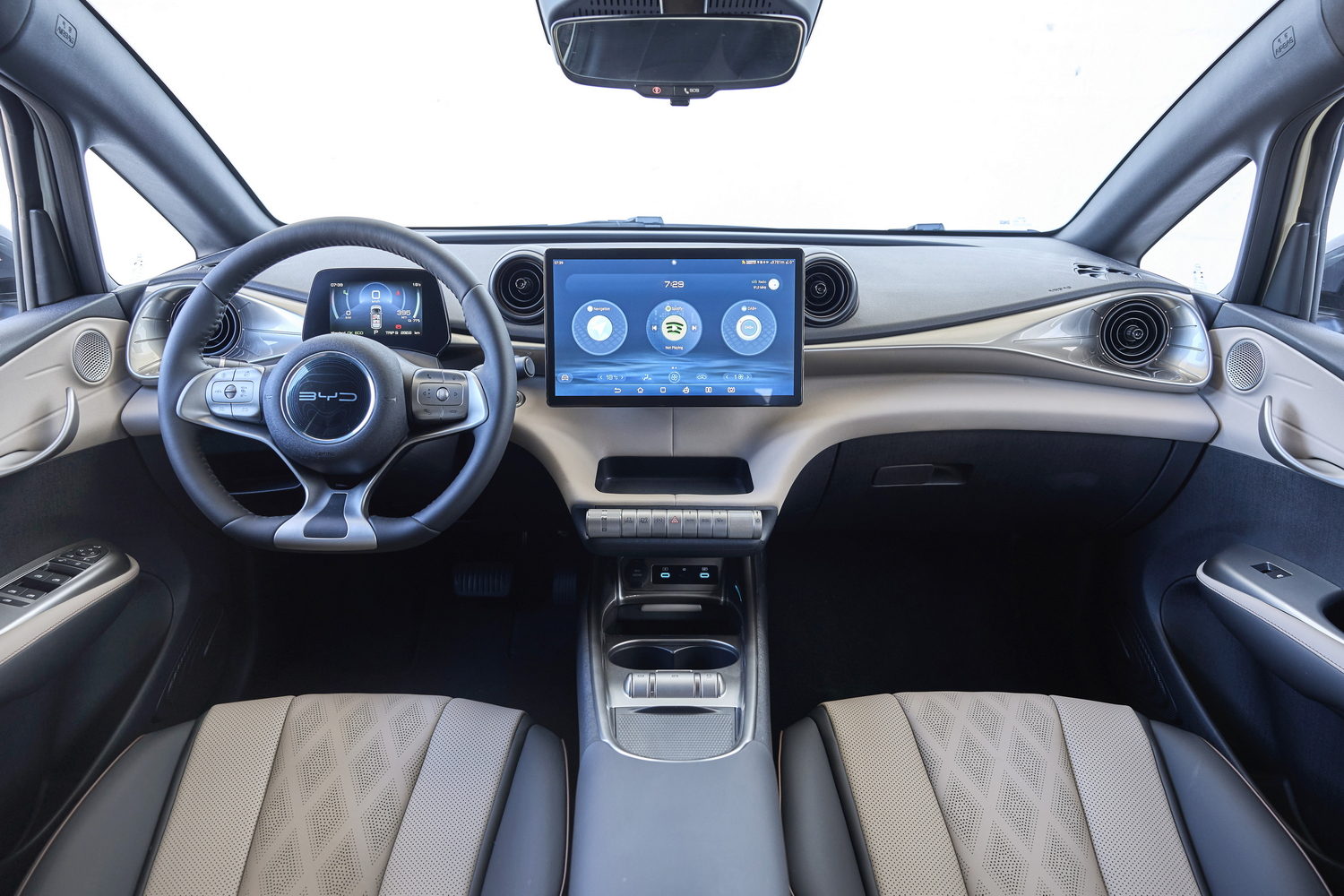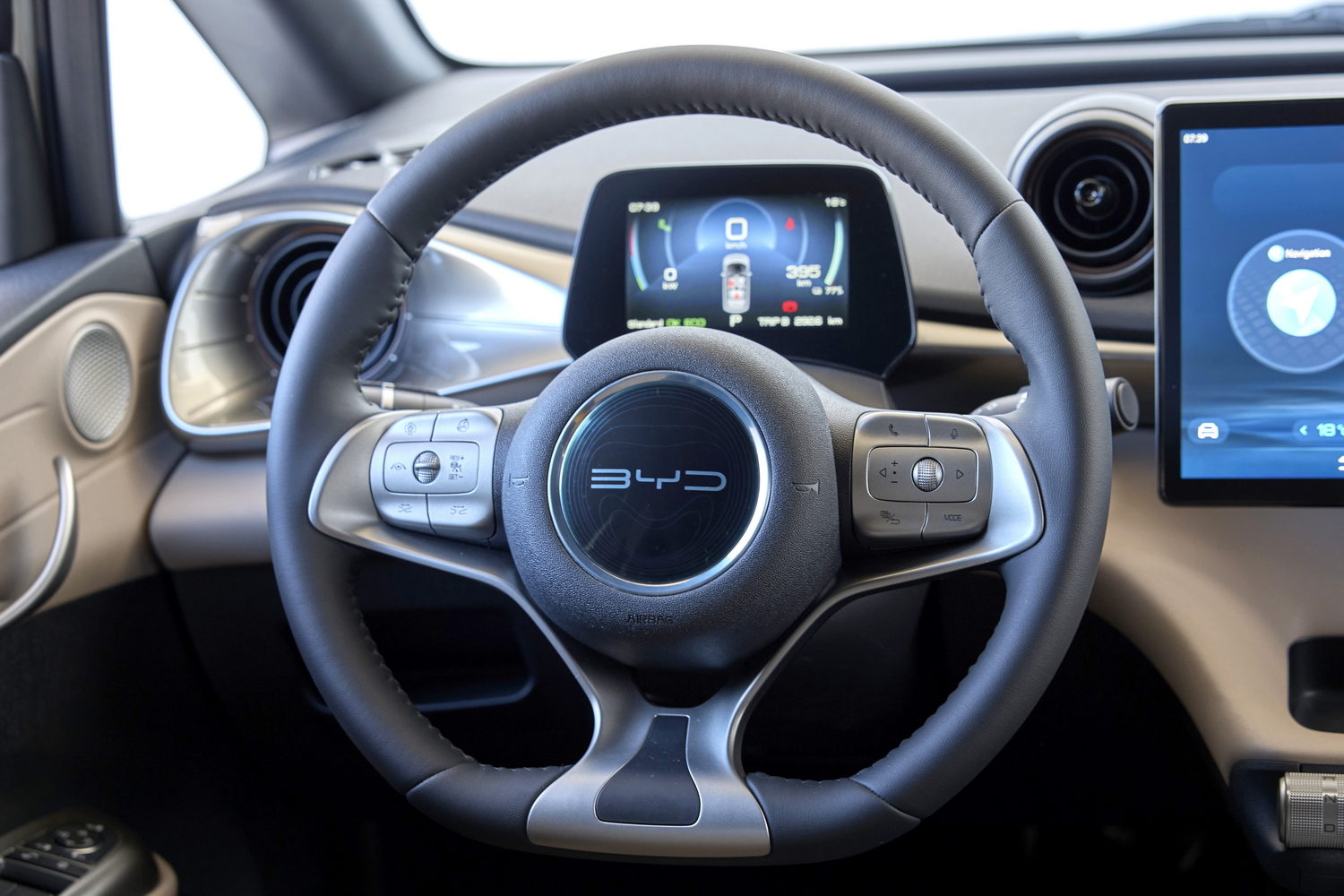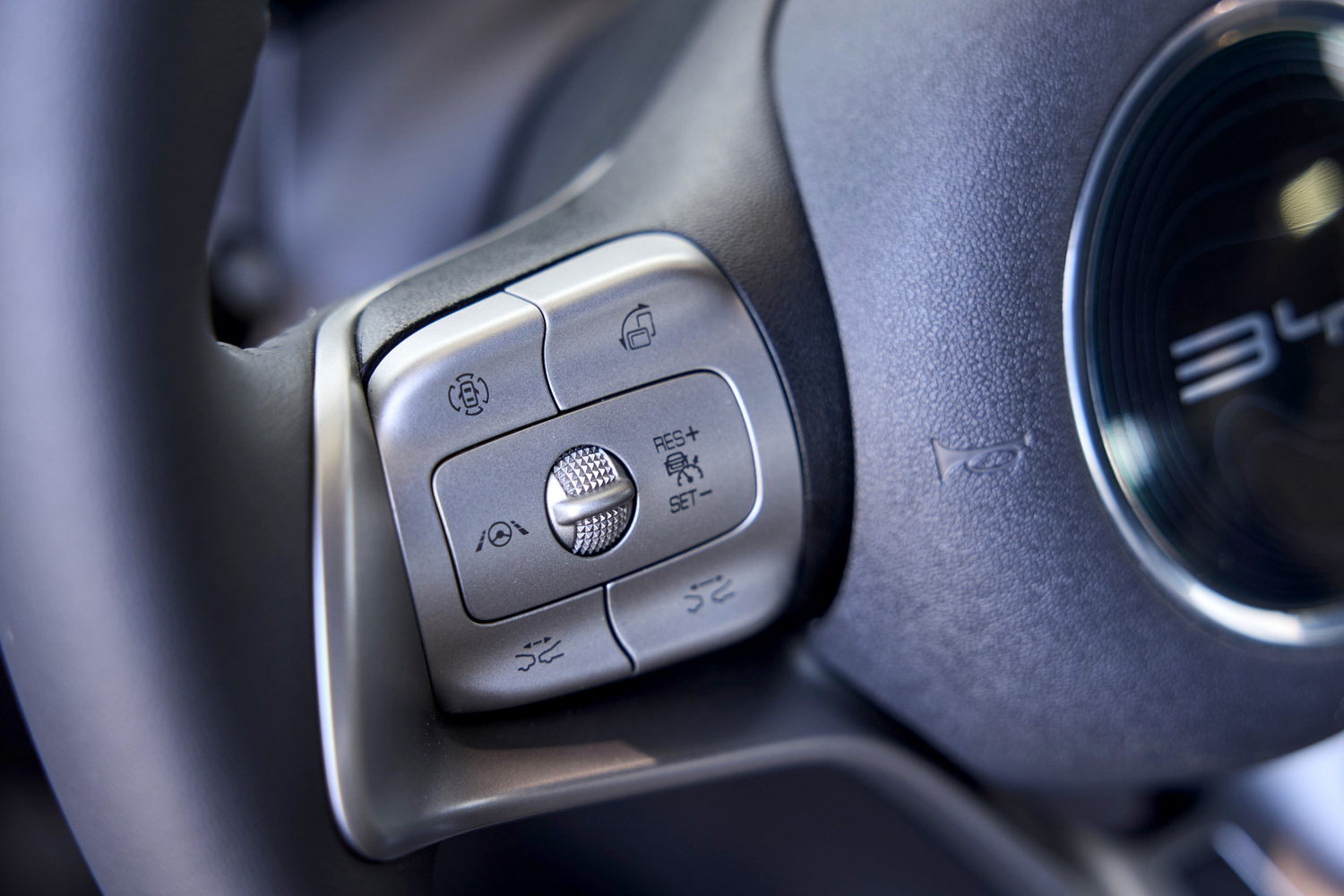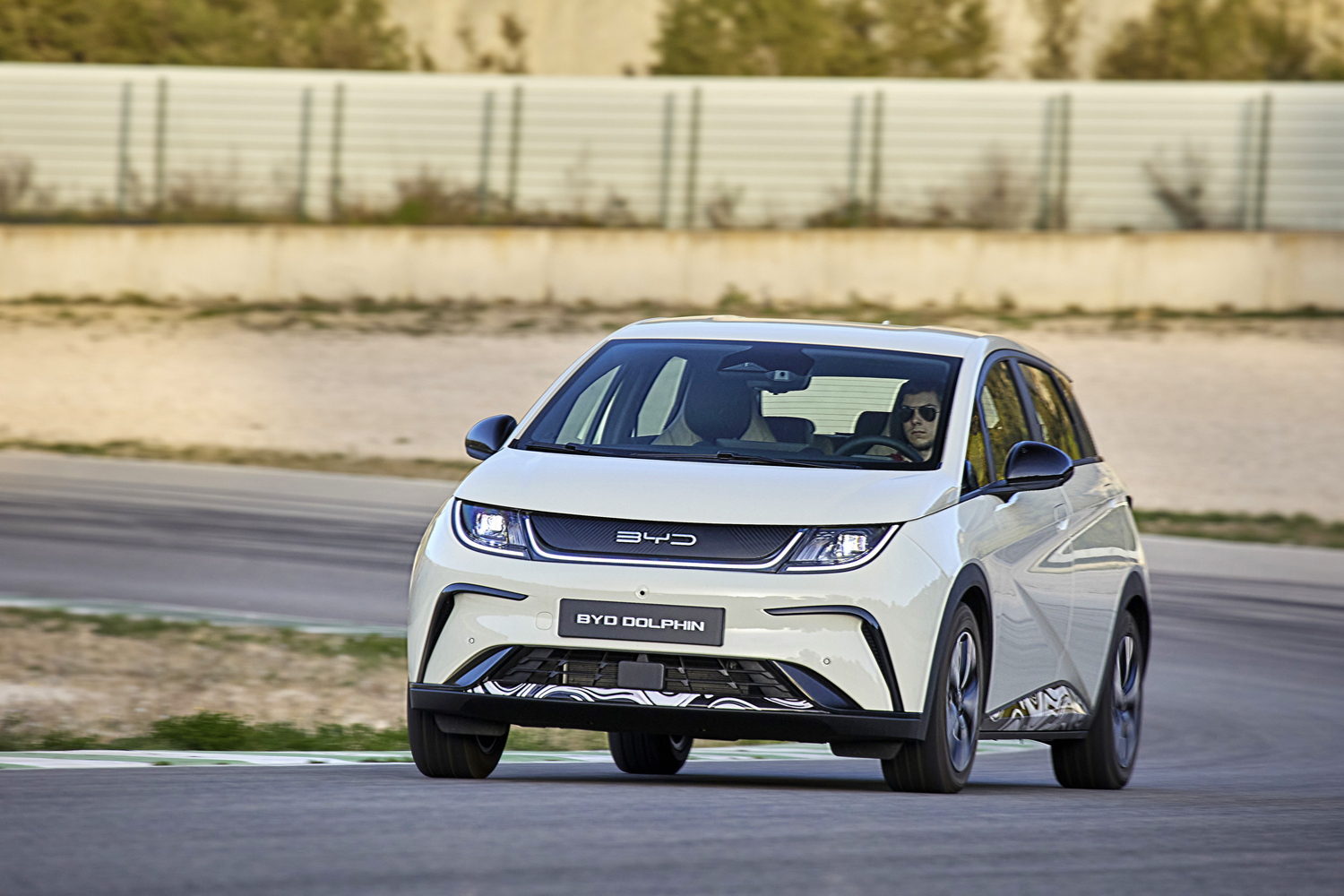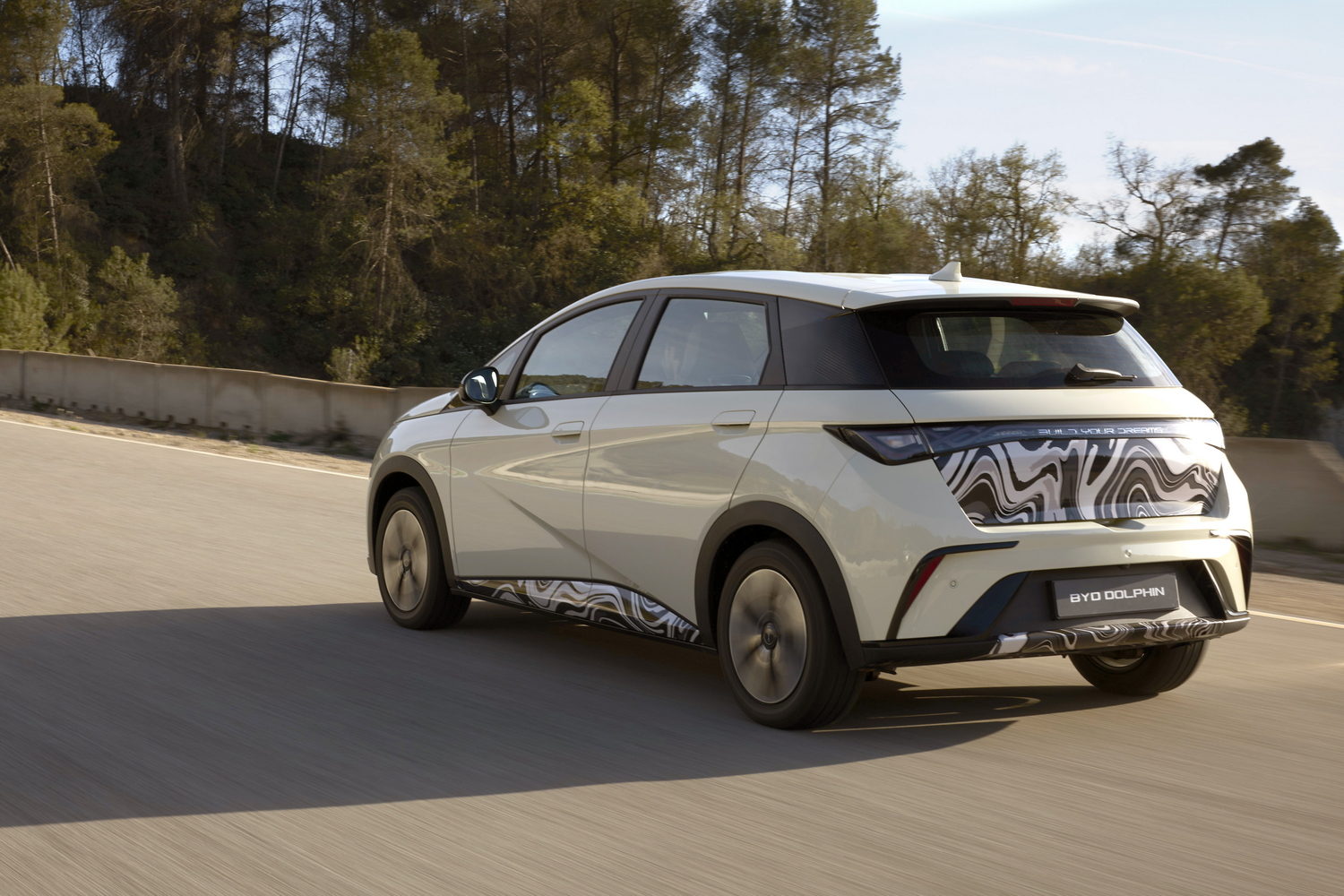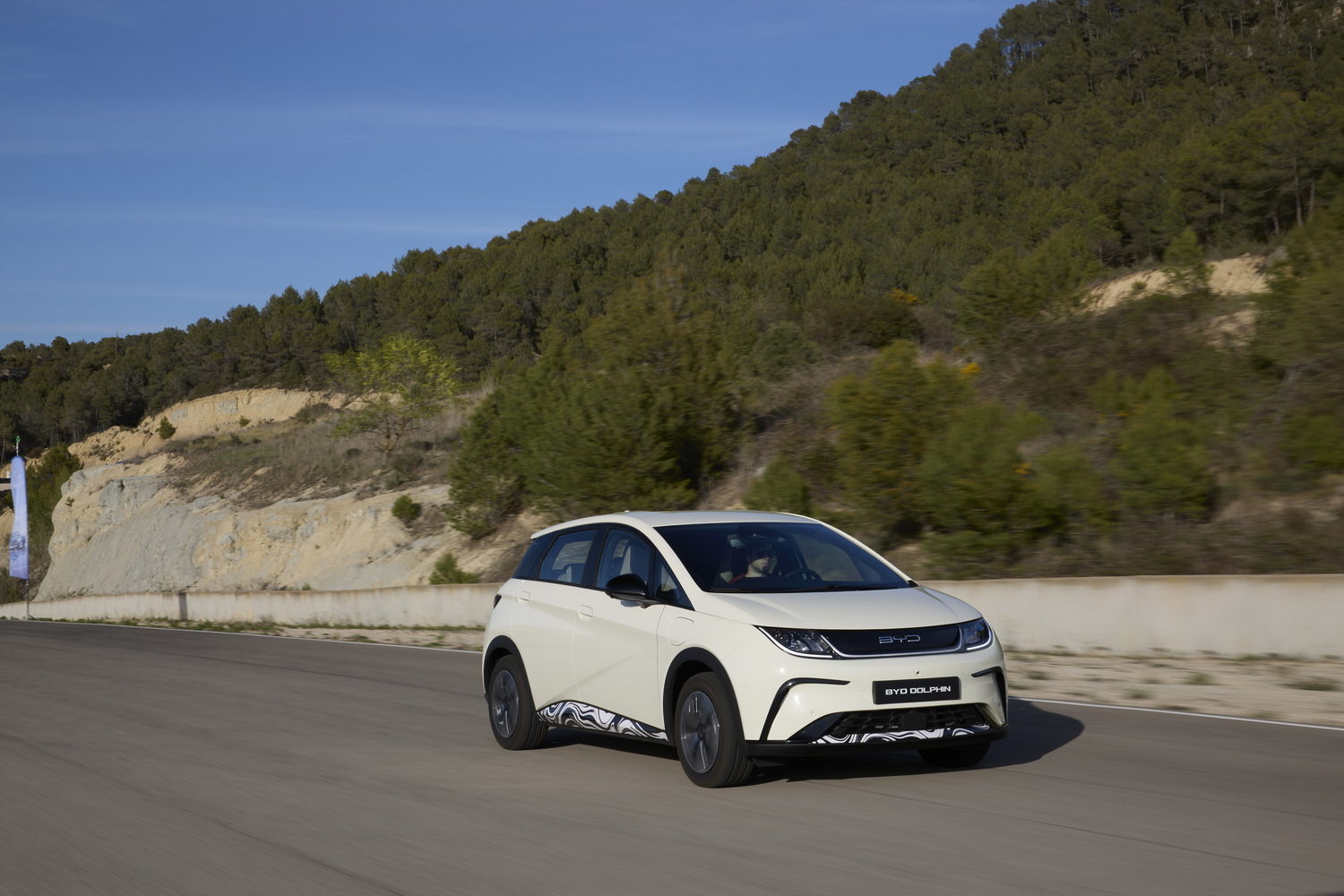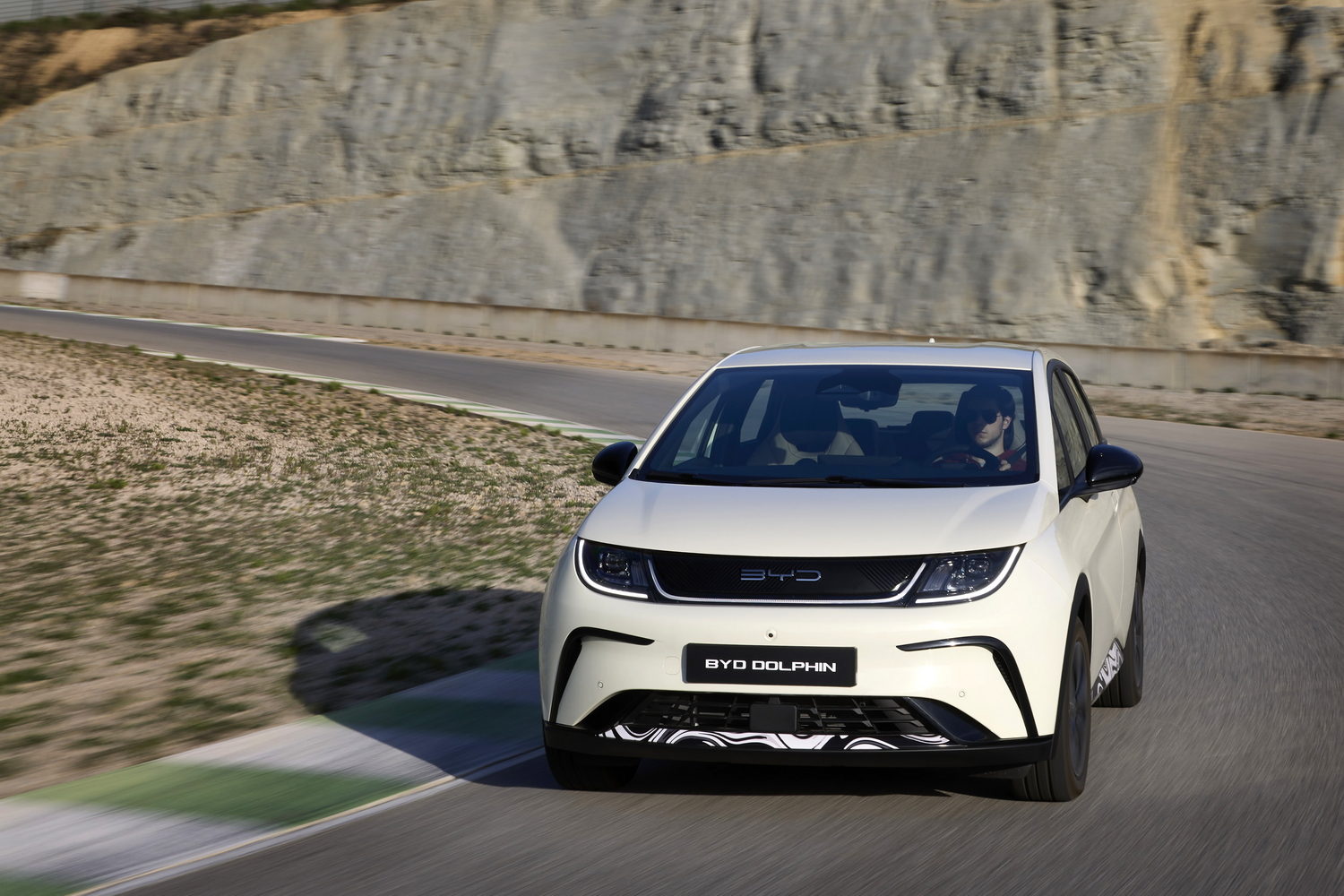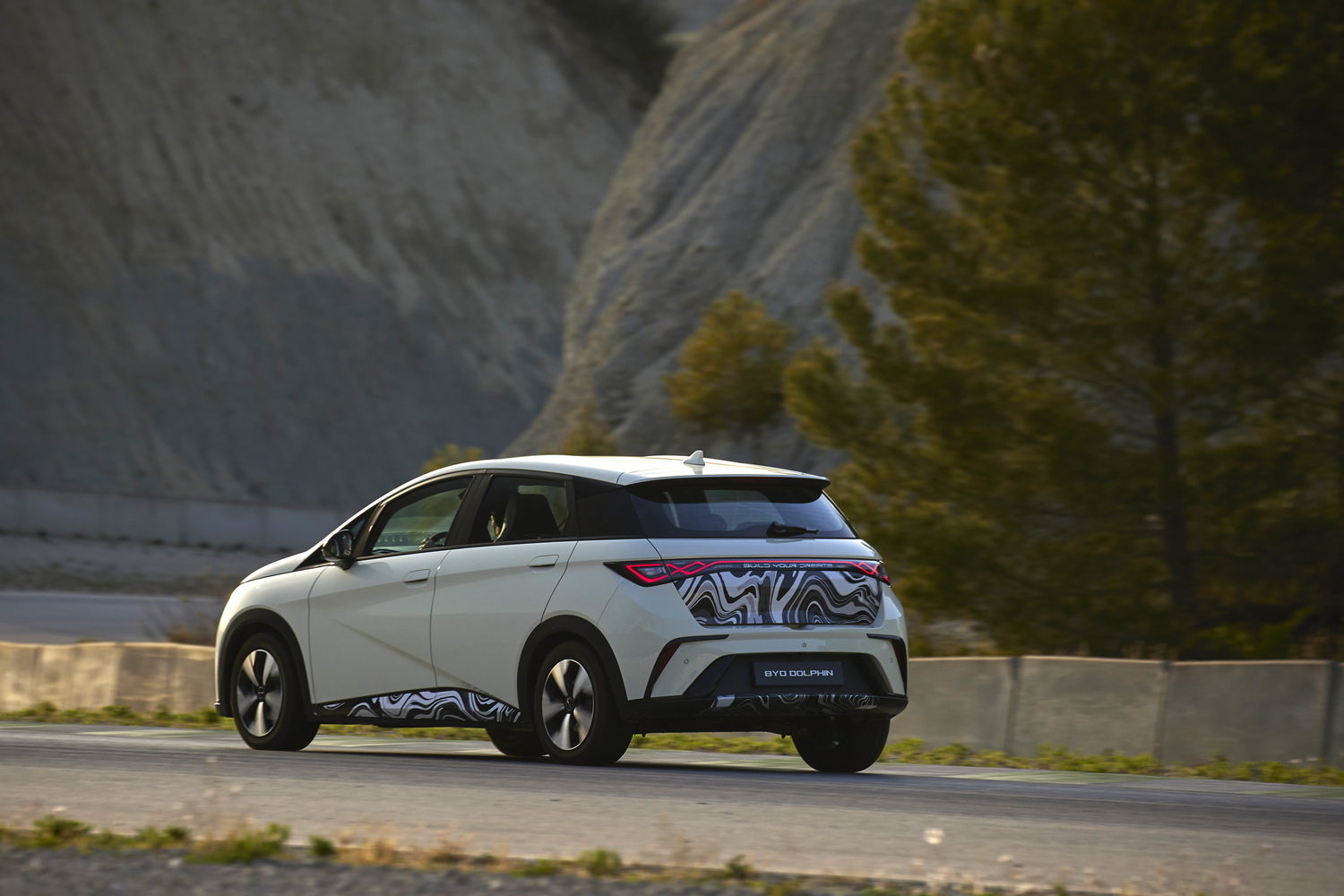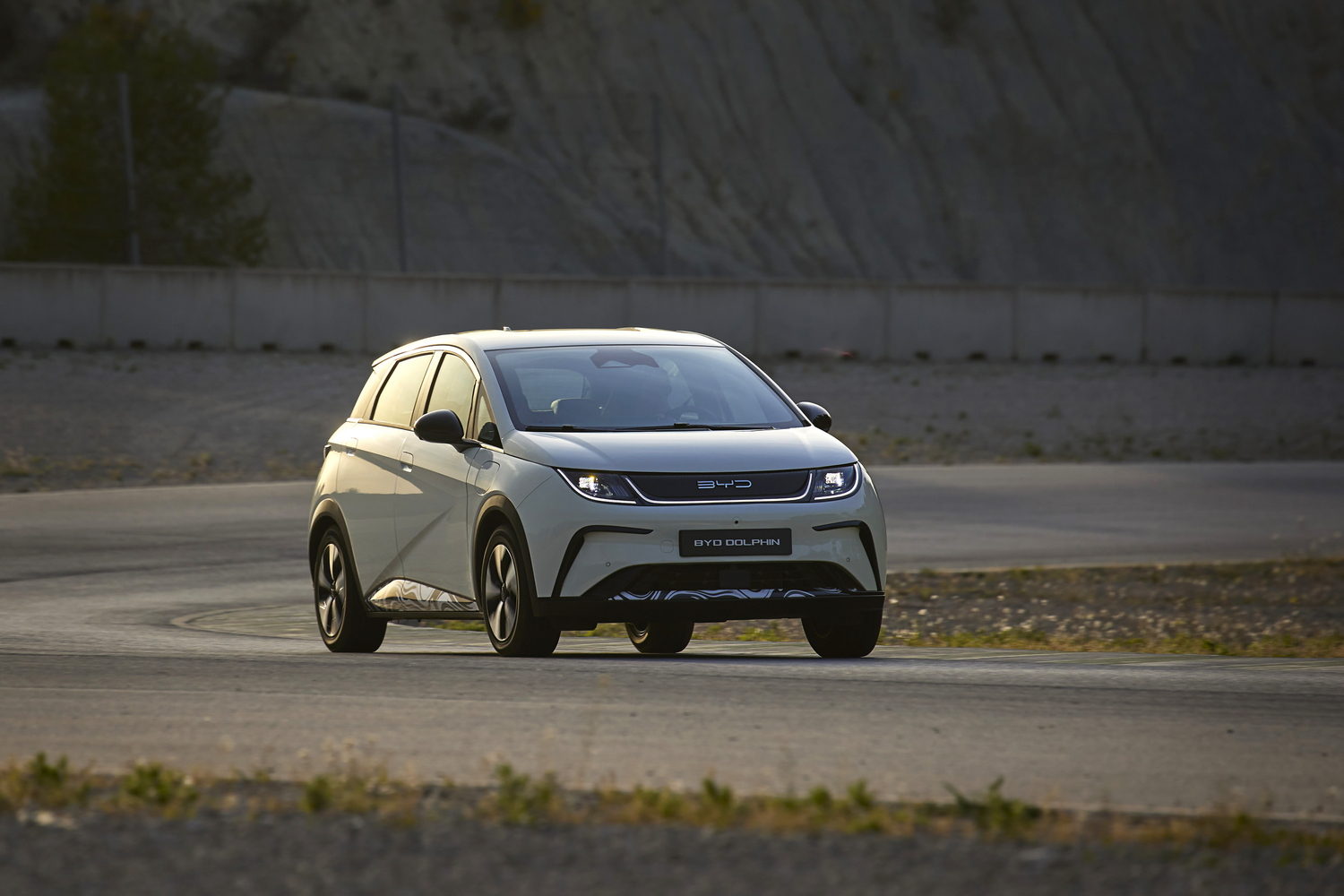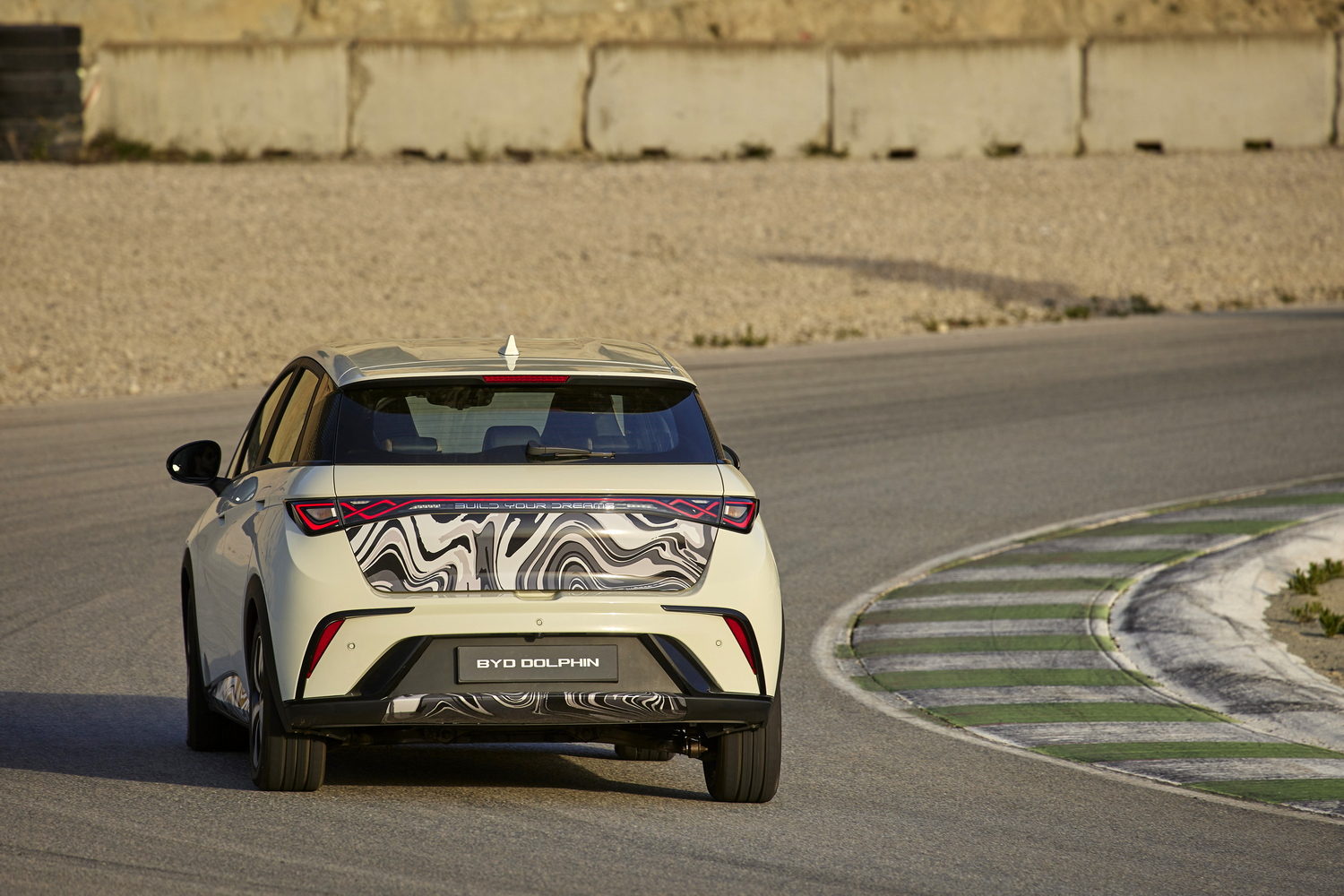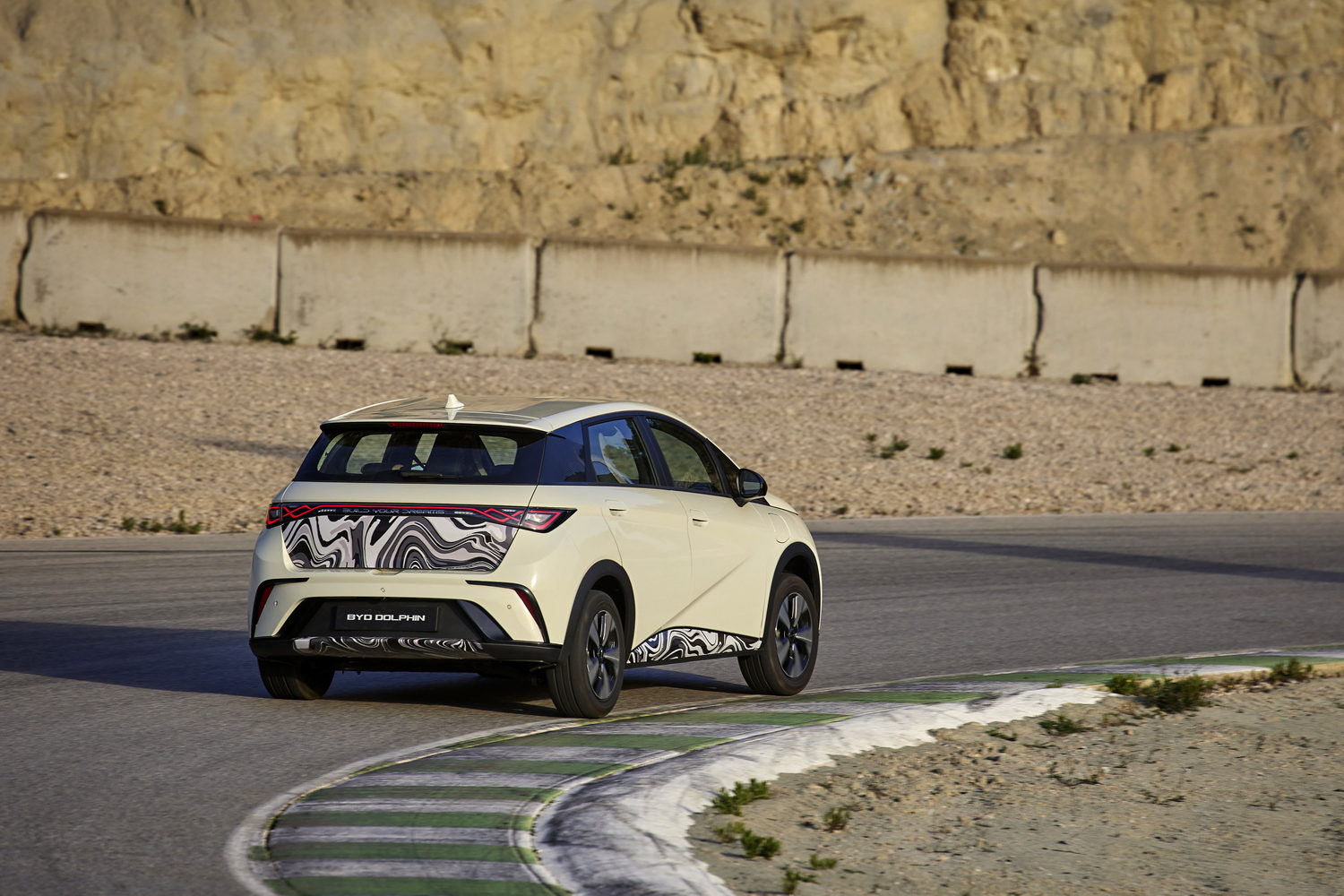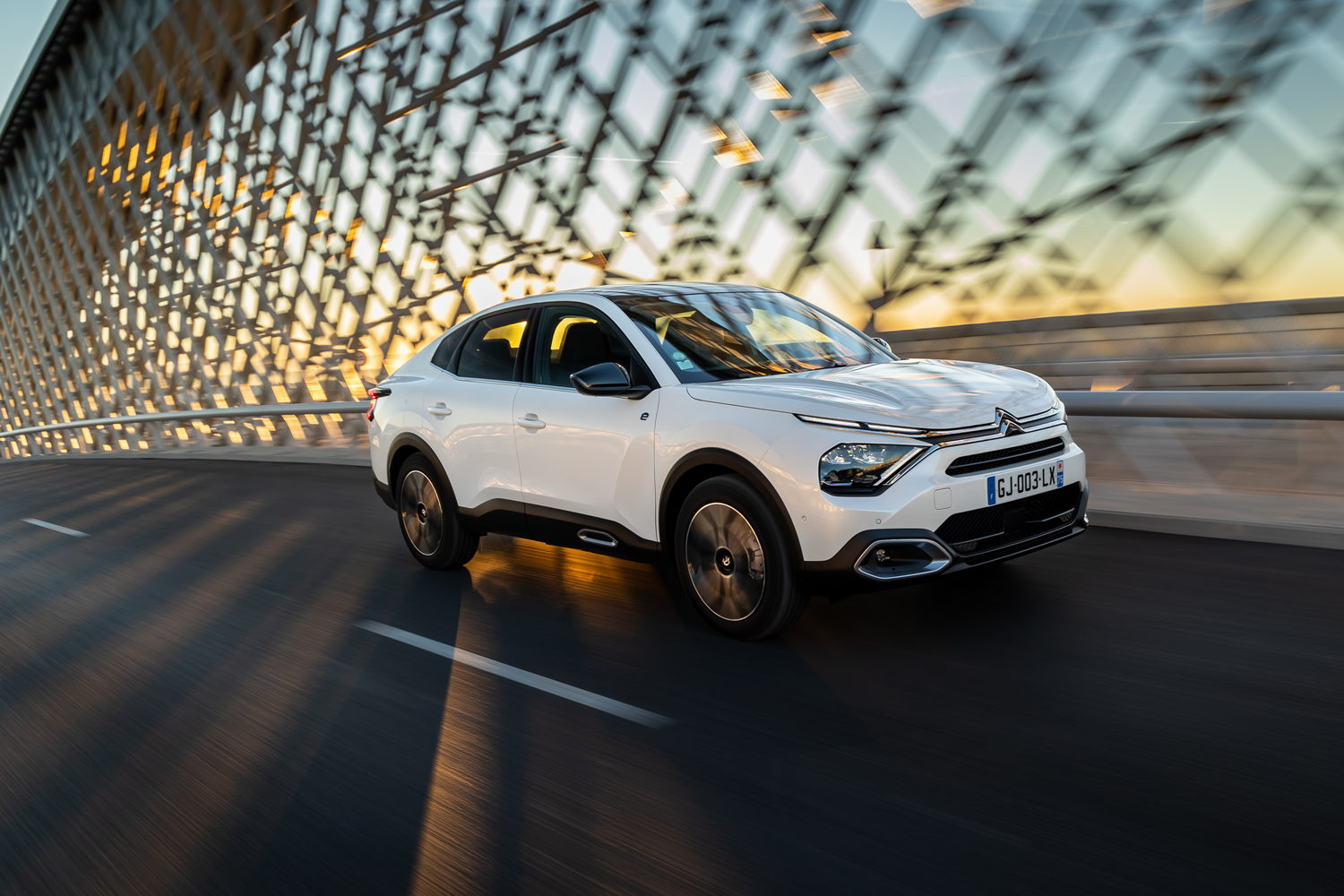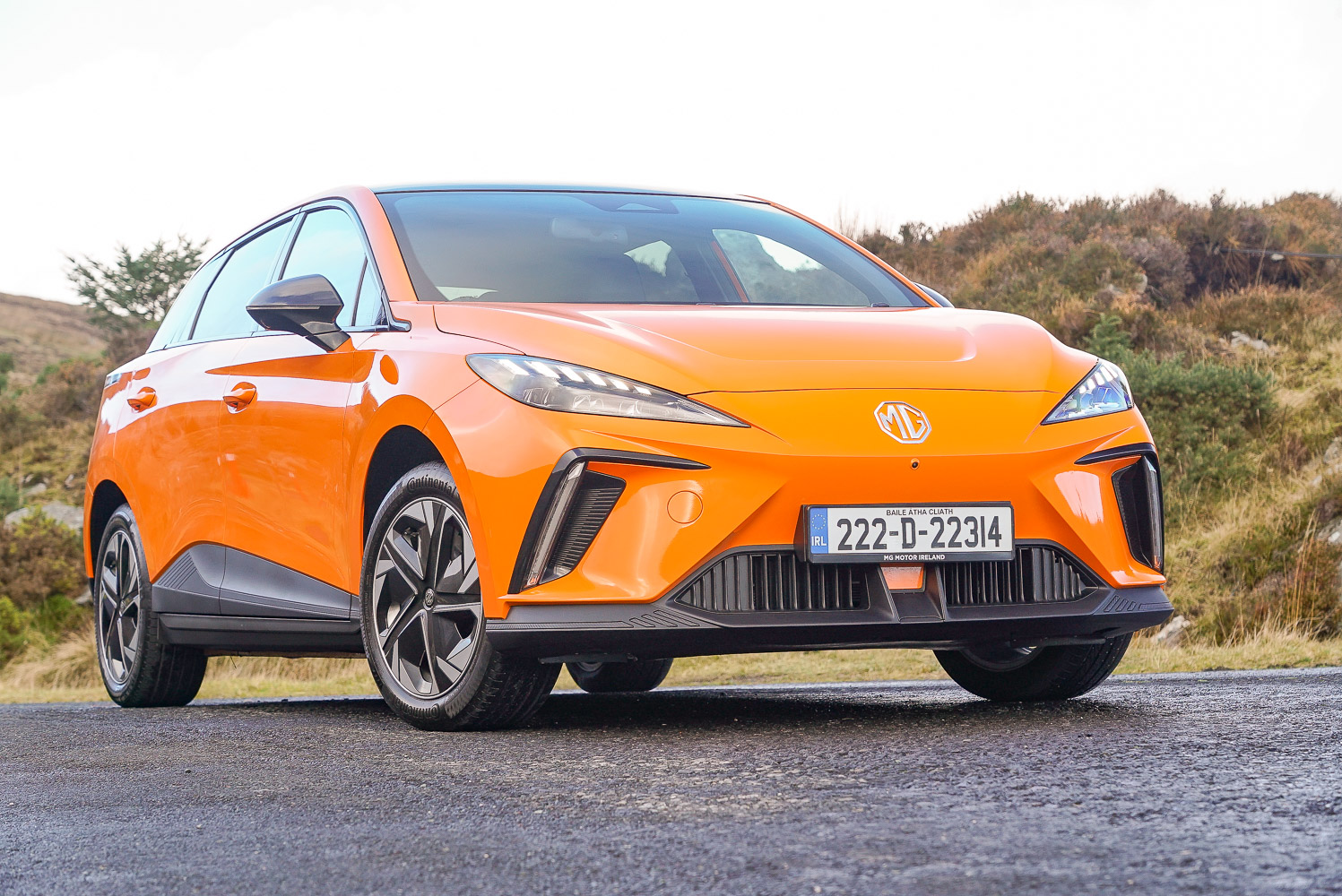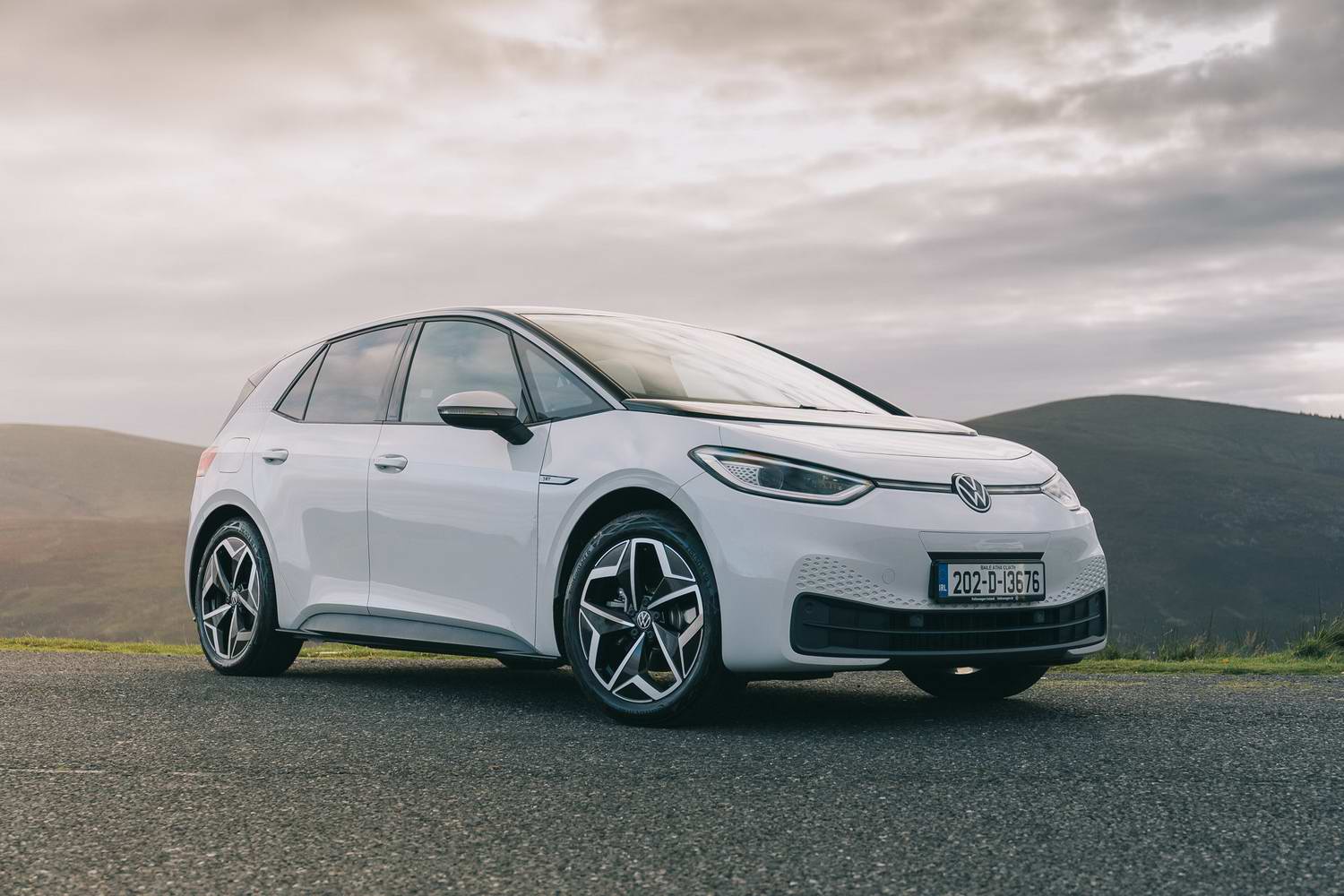The BYD Dolphin might have a cute name, but this is a really serious car from a massive corporate behemoth. BYD has more engineers than you've had hot dinners, and a design team that's shortly to number in the thousands. BYD itself is - of 2022 - the biggest maker of electric cars in the world, and its Irish ambitions are underscored by the fact that not only have we driven the Dolphin in pre-production form, but we've also driven it in right-hand drive, and the first customer cars should be arriving in Ireland in August or September this year. Against a background of many car makers quoting year-and-then-some lead times for new models, that's impressive.
The BYD Dolphin already feels like a qualitative step up from the Atto 3 crossover we've already tested, with a distinctive and high-quality cabin, plenty of space and what seems like very good range. The pricing will be crucial, of course...
In the metal
The BYD Dolphin's exterior styling is perhaps its least impressive aspect. It's basically an inoffensive hatchback shape, with - like the rival Volkswagen ID.3 - a faint hint of MPV-esque monospace about it. There are some nice surfacing details on the 'grille' between the front lights, and a dramatic V-shaped surface that starts in the middle of the doors and leads your eyes towards the rear of the car, but basically, it's a generic hatch, and none the worse for it.
Inside, the Dolphin is much better. As with the related Atto 3 crossover (both cars are based on BYD's 'version 3.0' electric car platform) there's a curviness to the interior design that gives the Dolphin a welcome dose of character, and thankfully it does without the Atto 3's over-styled air vents.
Instead, you get a neat row of physical switches underneath the big 12-inch touchscreen, which includes a nicely tactile toggle switch for drive selection. In front of the driver, there's a small digital instrument display that is perhaps a little crowded in its layout, but which is broadly clear and easy to use. The neat three-spoke steering wheel feels good to hold and it uses physical buttons and roller switches that are much easier to use than the haptic touch-pads of some cars.
The big central screen does the now-expected BYD party trick of rotating from a landscape to portrait position, which sounds like a gimmick (and up to a point is one), but which is actually quite useful when you're using the navigation. That is clear and easy to use, as are the rest of the menus and functions on the screen - the Dolphin is a step ahead of rivals such as the MG 4 and Ora Funky Cat in that regard.
There's lots of storage space in the cabin, too, with a wireless phone charging pad under the central screen and a deep open storage area under the centre console. Meanwhile the front seats, clad in 'vegan leather' (that means vinyl, right?), are comfortable and soft.
In the back, legroom and headroom are generous - it's maybe a smidgen less roomy than and ID.3, but certainly as good if not better than the Ora Funky Cat, although the front seats sit too low for taller rear passengers to be able to tuck their feet under.
The boot, at 345 litres, is adequate but no more than that. Many rivals offer more space, but at least it's a square and flat-floored boot.
Overall quality seems fine, although it's worth remembering that the cars we were testing were pre-production vehicles, so not fully finalised. There were some cheap plastics around the place - only to be expected, really - but the major surfaces and controls looked and felt good.
Driving it
There's a limited amount we can tell you about how the Dolphin drives as our only time in the car was limited to a brief handling course through some cones on a test track, taken at modest speeds.
On the technical front, the Dolphin uses BYD's 'Blade' battery. This is a new design that does away with multiple packets of batteries built up to make a large battery stack in favour of a more integrated design. It's also an integral part of the Dolphin's body, which makes it potentially stronger in a crash, and which helps to save weight - indeed, the Dolphin's kerb weight is as low as 1,400kg, which is trim for an EV of this type.
In this model, it's a 60kWh (net) battery, which in theory gives you a range of up to 420km. Actually, it may go a little further than that - even with repeated runs on the track, using the car's acceleration to the full up to about 80-90km/h, the dashboard readout on our car indicated a range of more than 500km on a less than 100 per cent charged battery. An anomaly? We'll have to wait and see, but the omens for efficiency are good. On the official Chinese test cycle, the Dolphin uses 11kWh/100km, which on the tougher WLTP test should come out at around 15kWh/100km or thereabouts.
There will be a smaller battery version too, likely to have around 45kWh of energy storage and a range of around 300km, but we're still waiting for full details of that. Either way, the Dolphin won't be the fastest thing to charge. It will accept an 11kW AC charge, such as from a three-phase charger or a kerbside charger, which is good (albeit it's much slower than the class-leading Renault Megane, which can charge at up to 22kW on AC power). On rapid DC power, the Dolphin tops out at 88kW, which makes it less of a good proposition for longer journeys with fast-charging.
A 204hp electric motor drives the front wheels, and step-off acceleration is strong, tailing off slightly as you get above 80km/h. Refinement? Impossible to tell in these circumstances, but there is an amusing little pedestrian warning sound that kicks in at very low speeds that sounds like the bells of an approaching ice cream van. Thankfully, you can switch that to a more generic hum if you're feeling embarrassed, or if people are crowding around you demanding 99s with sprinkles.
All we can say of the way the Dolphin handles is that if someone lays out a coned slalom course on your commuting route, it copes fine. The steering is light, but well-enough weighted and the Dolphin turns in neatly and stays nicely balanced as you saw the wheel back and forth.
The brakes could do with a little more initial bite if you're trying to stop rapidly from high speeds. The ride quality is almost impossible to assess from this experience, but a lightly lumpy pitlane seemed to suggest that it's at least pleasantly firm, with decent damping.
Honestly though, we'll have to wait until we get a proper drive on actual roads to give you a better idea of how the Dolphin drives, although based on our experience with the Atto 3, it should be in the fine-to-impressive ballpark.
What you get for your money
The Dolphin will be very well equipped, with those heated synthetic leather seats, the big rotating touchscreen, vehicle-to-load charging allowing it to power other devices, climate control and a heat pump to make warming and cooling the cabin that much more efficient. Irish pricing? Well, BYD is talking about a price range of between €30,000 to €38,000 in Europe, and it has been suggested to us that, with Irish grants and VRT rebates, the basic, small-battery version might just dip under the €30,000 barrier, which would be fantastic news.
Summary
OK, so there's a lot we don't know. We don't know how much the BYD Dolphin will cost (although we have a fair idea that it will be competitive). We don't know how it will tackle Irish tarmac (although the initial signs are at least promising). We don't know how its range will hold up in colder conditions (ditto). What we do know is that BYD has major ambitions to be a global leader in electric cars, and has the budget, the engineering depth and the sheer mercantile mass to carry that off. This first impression of the Dolphin, silly name and all, is a good one.

